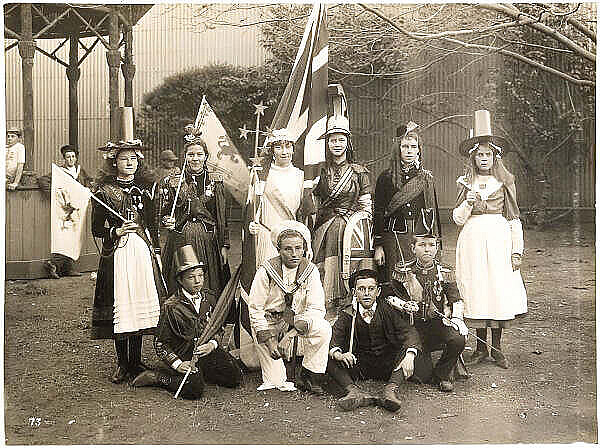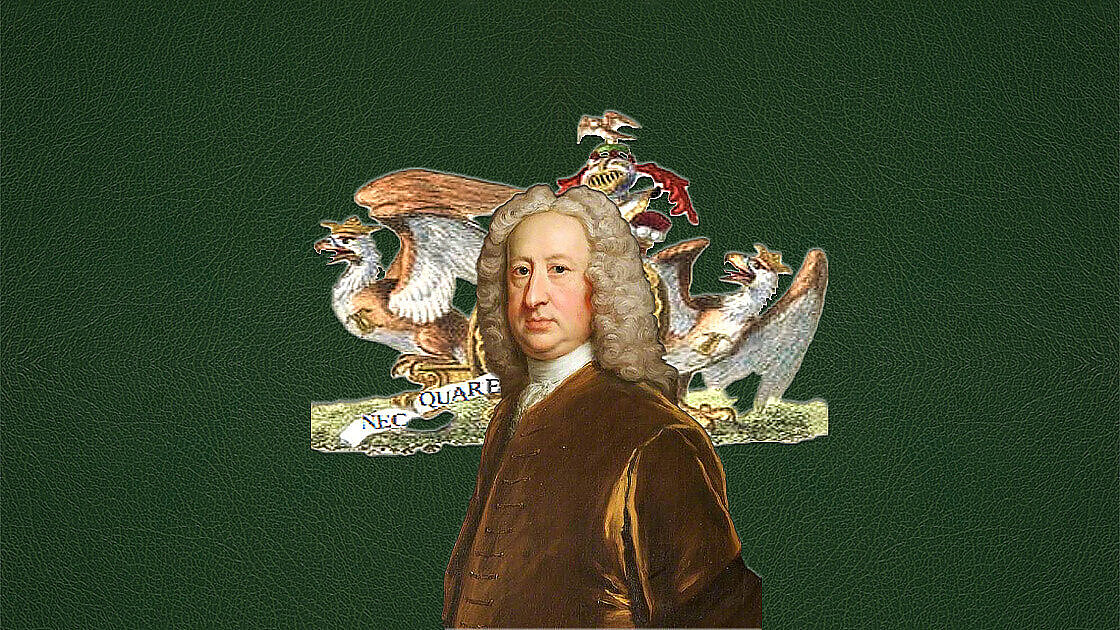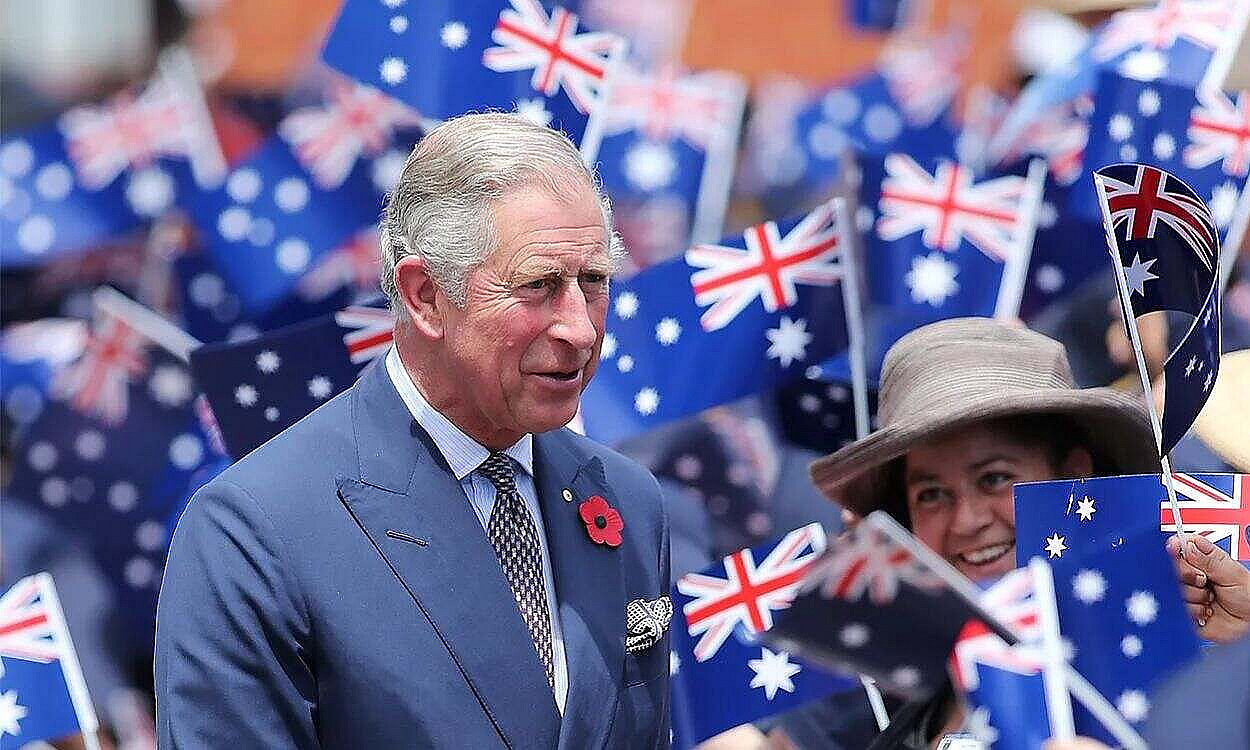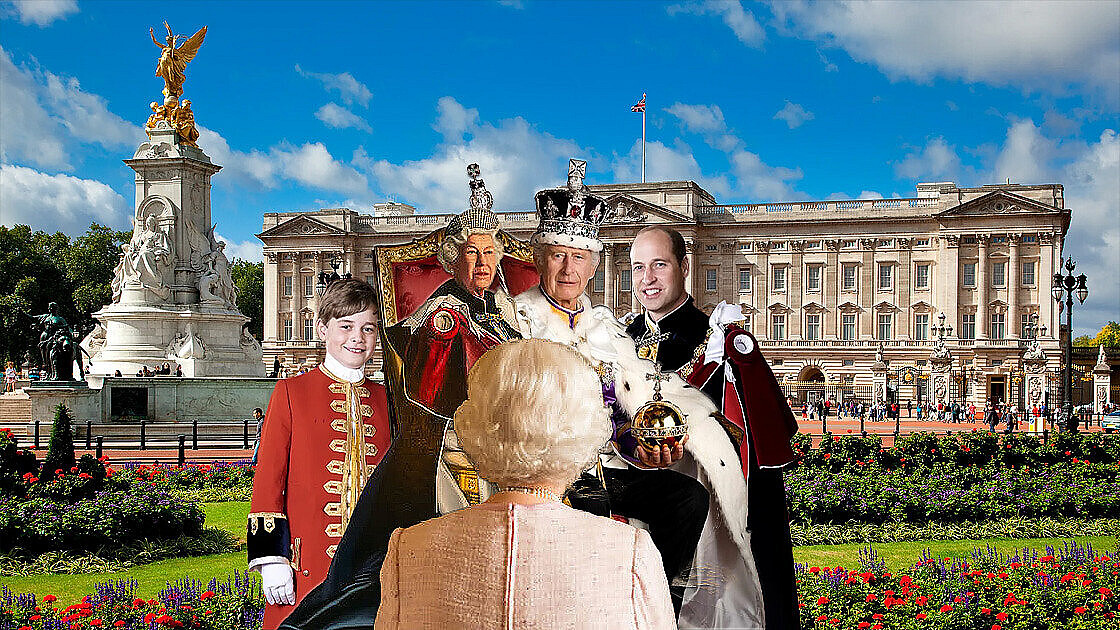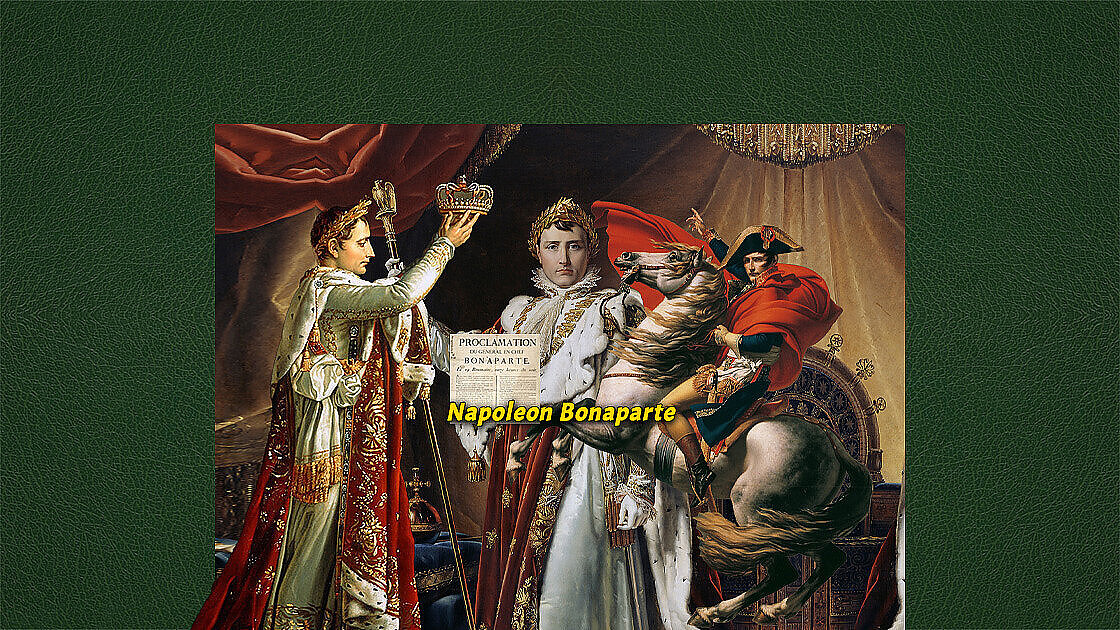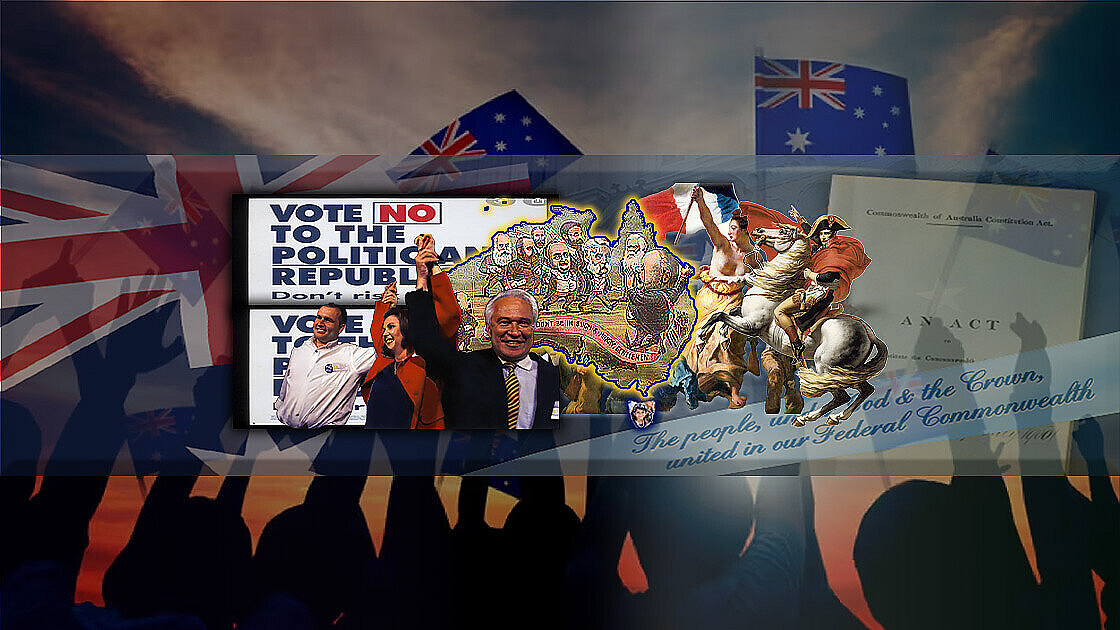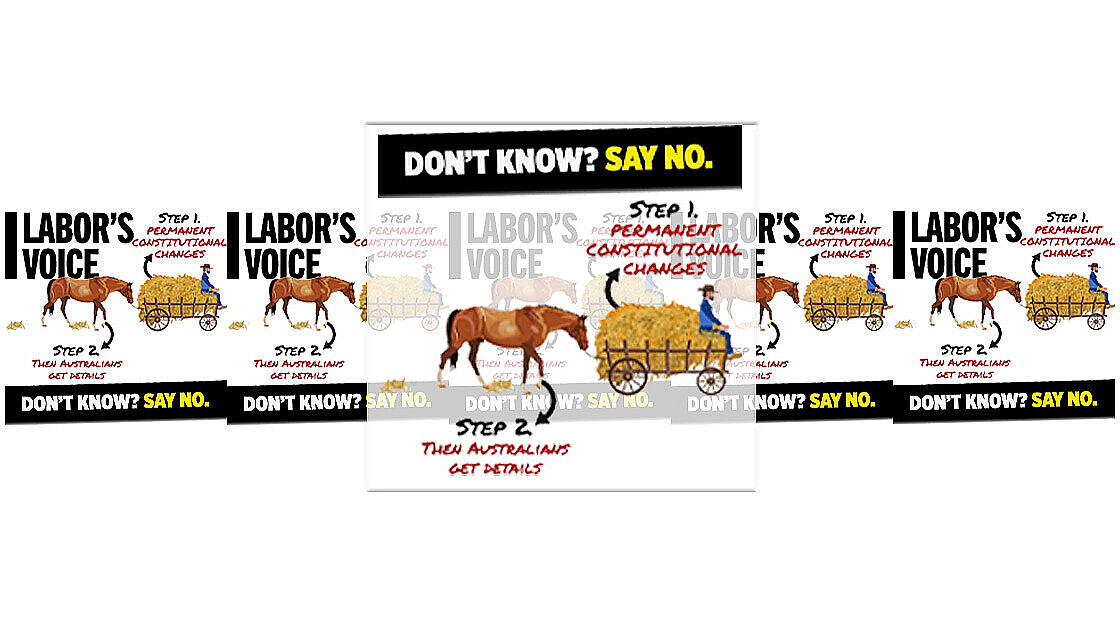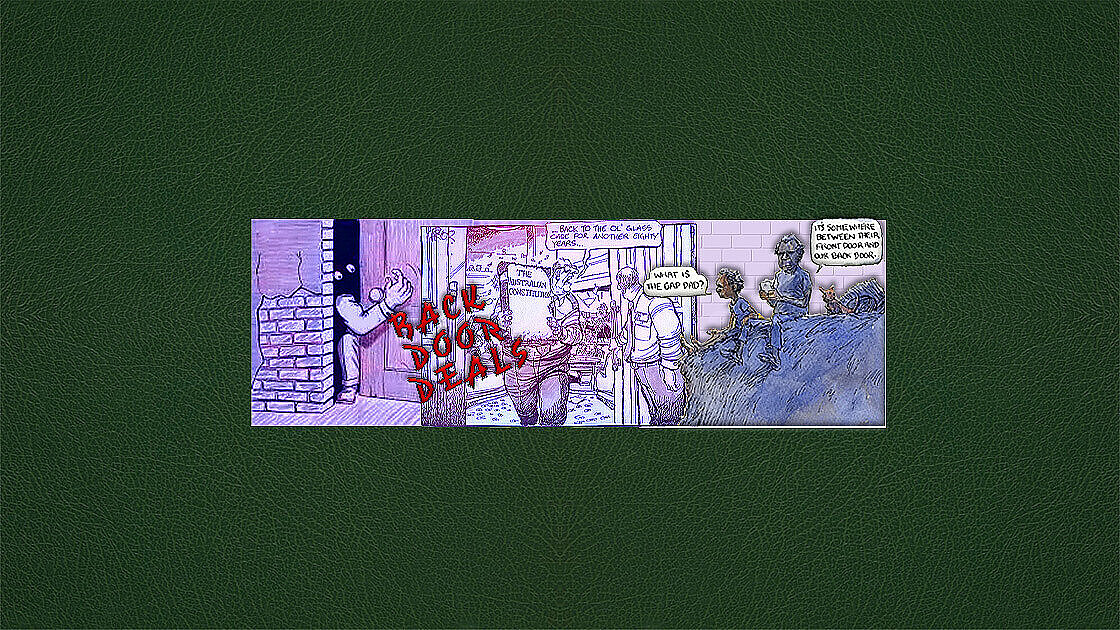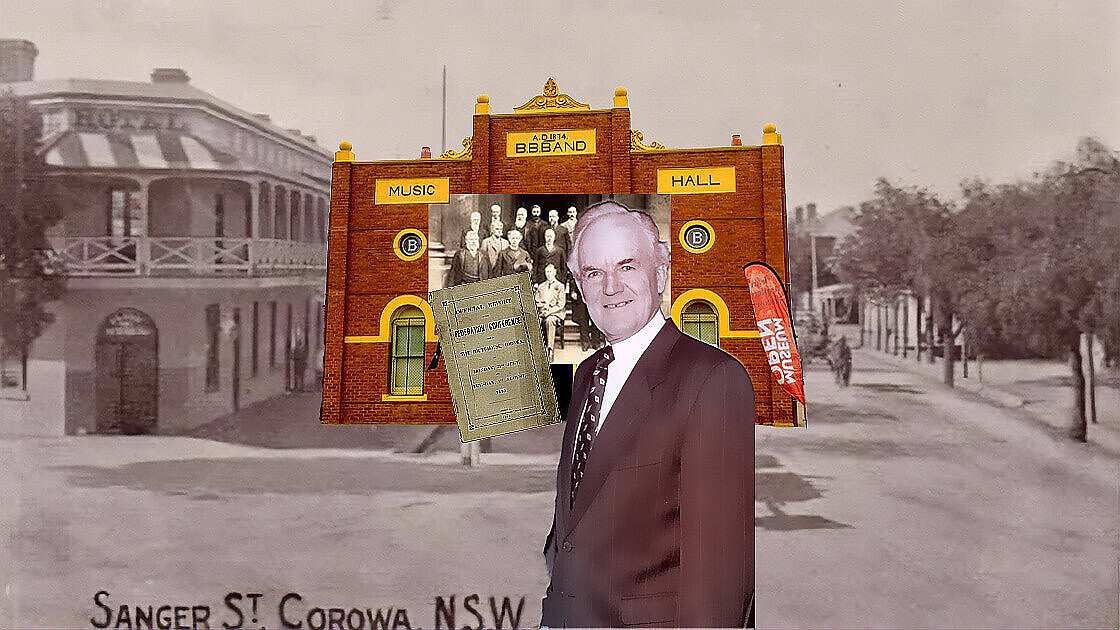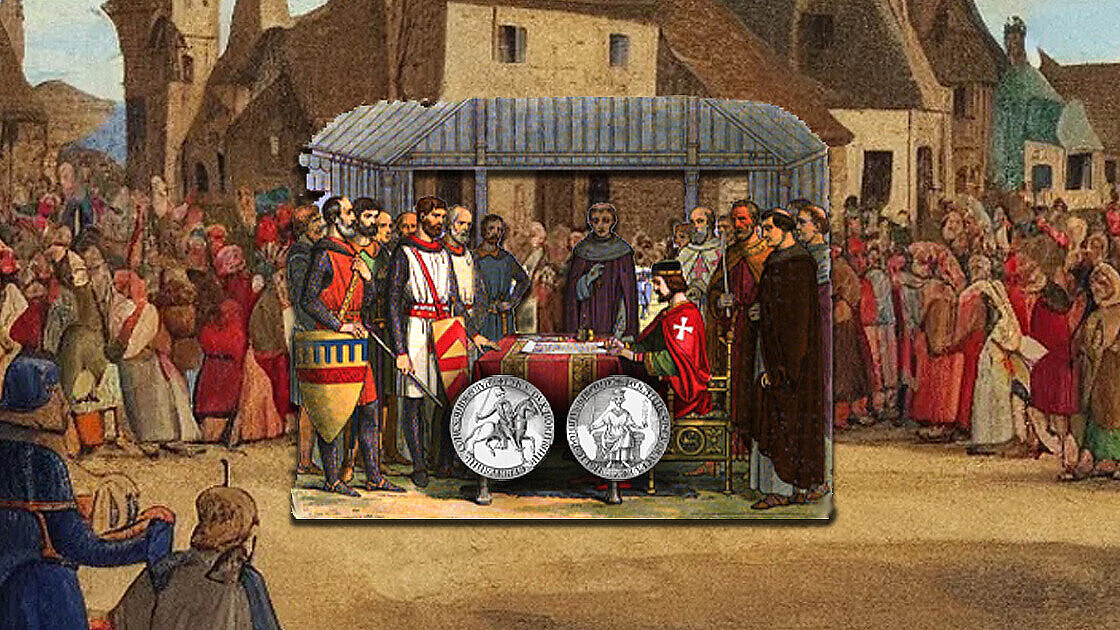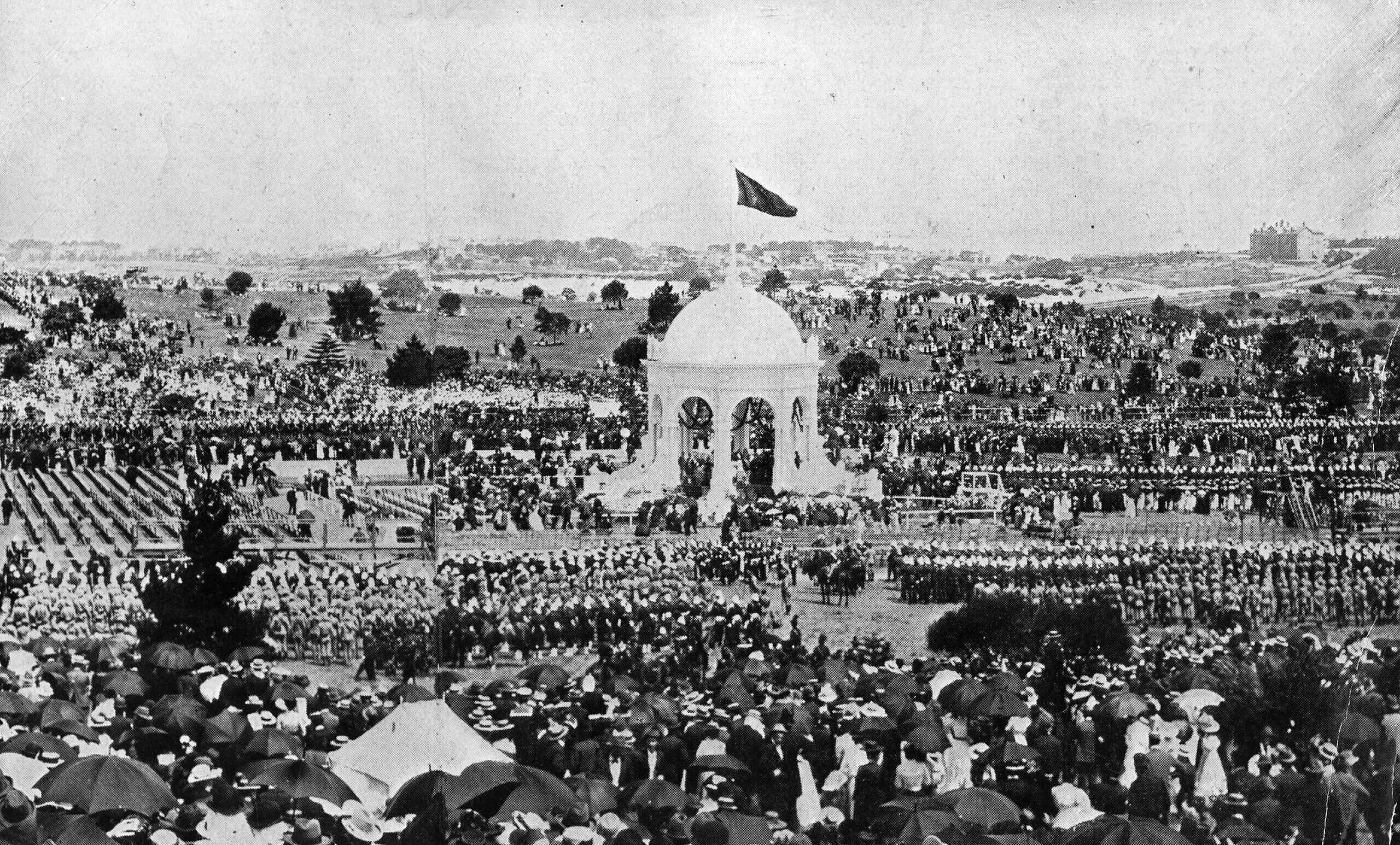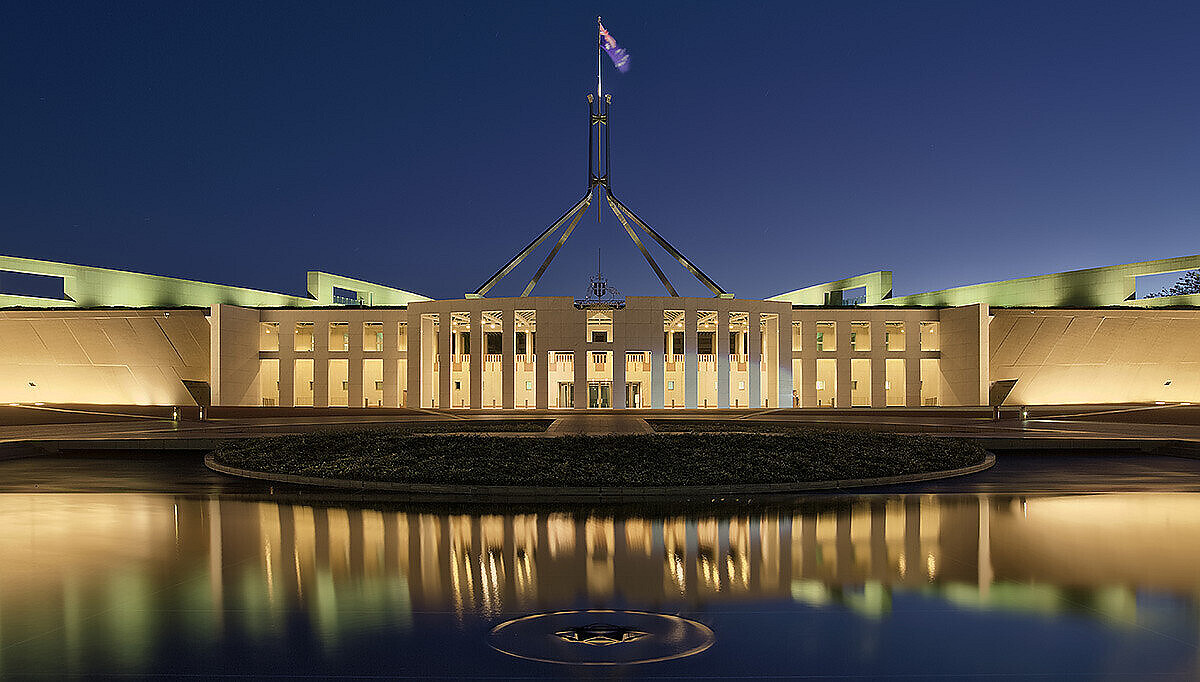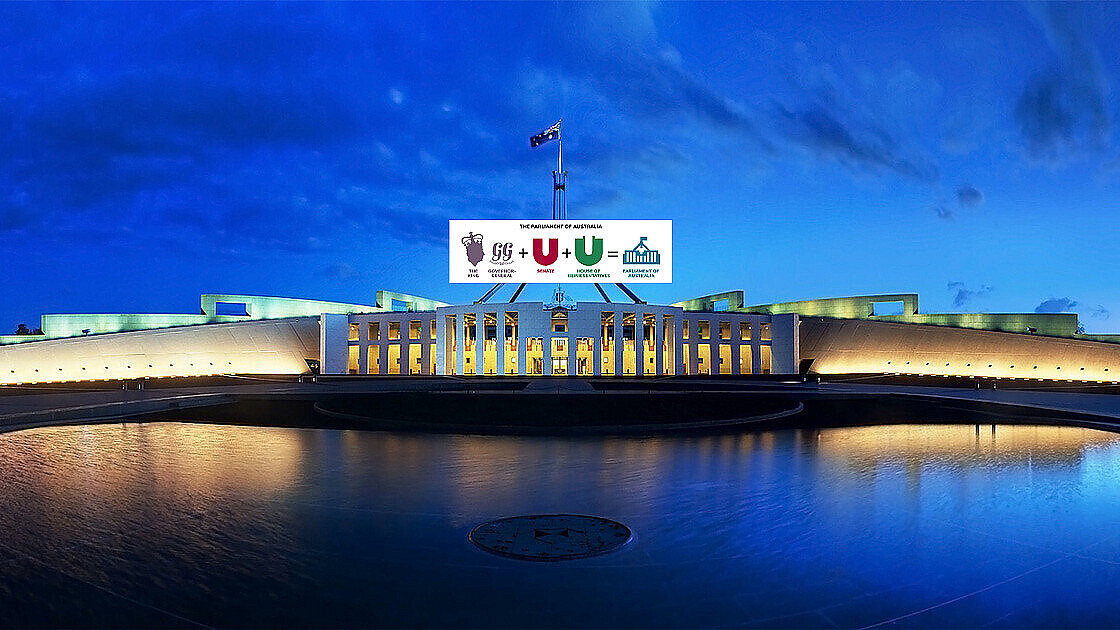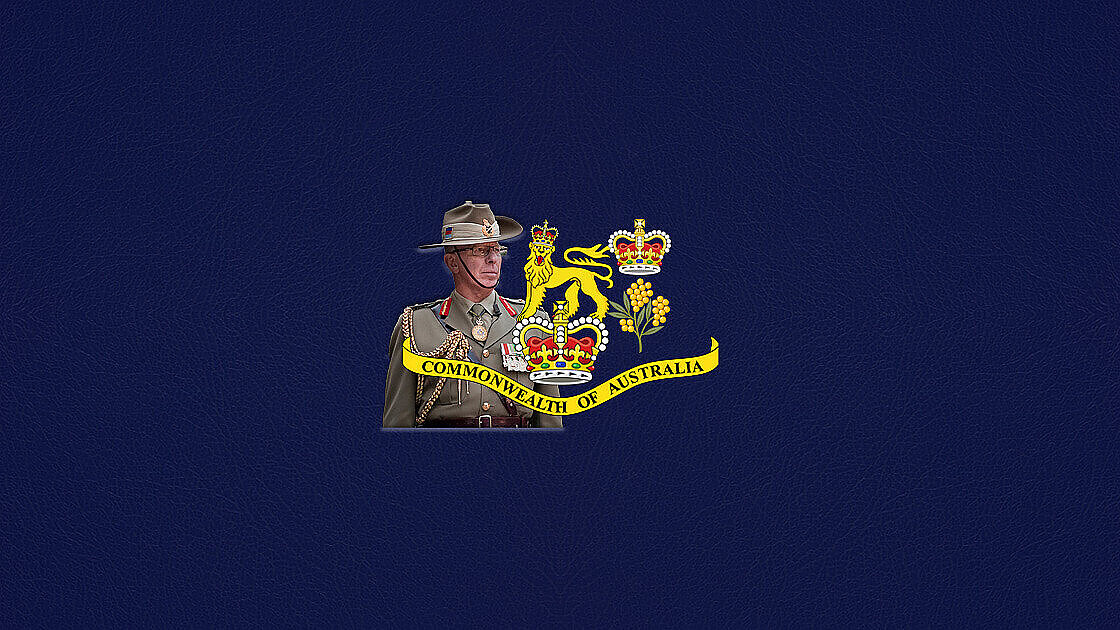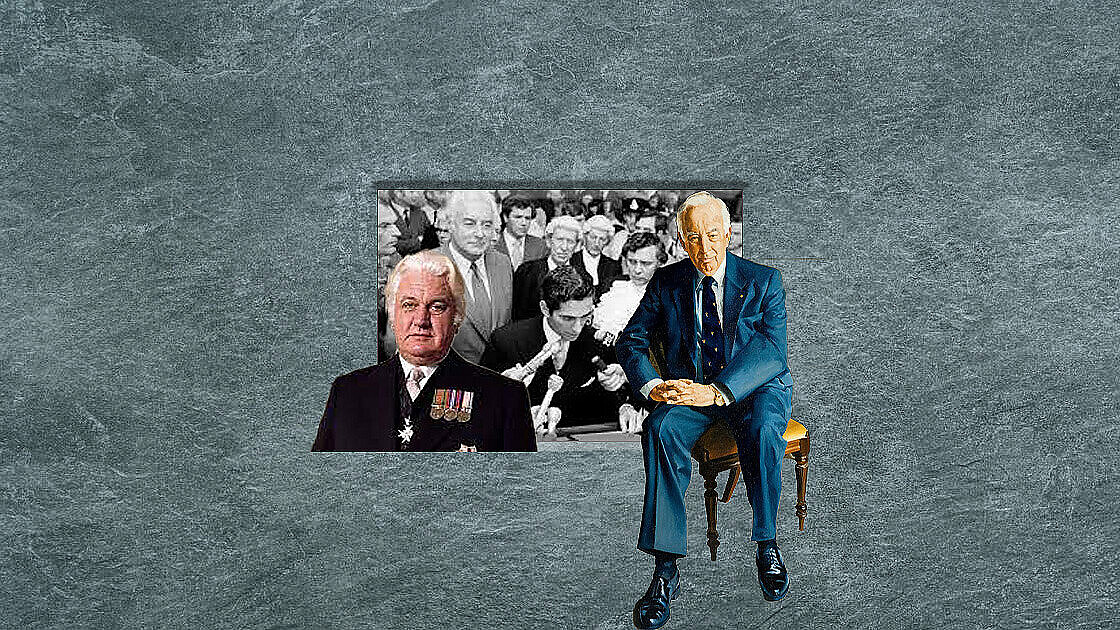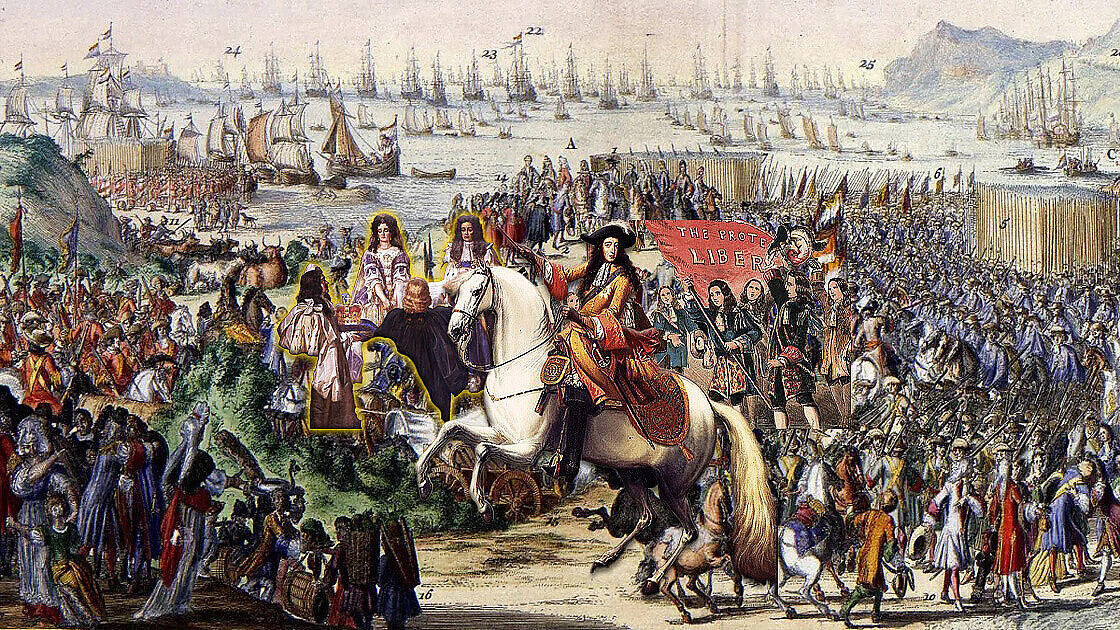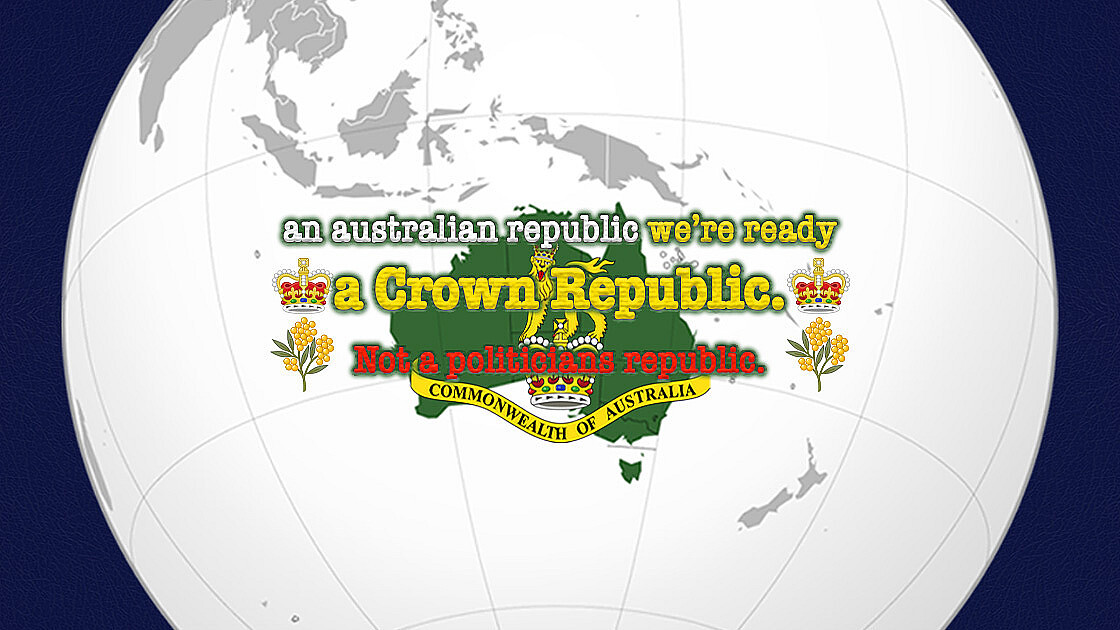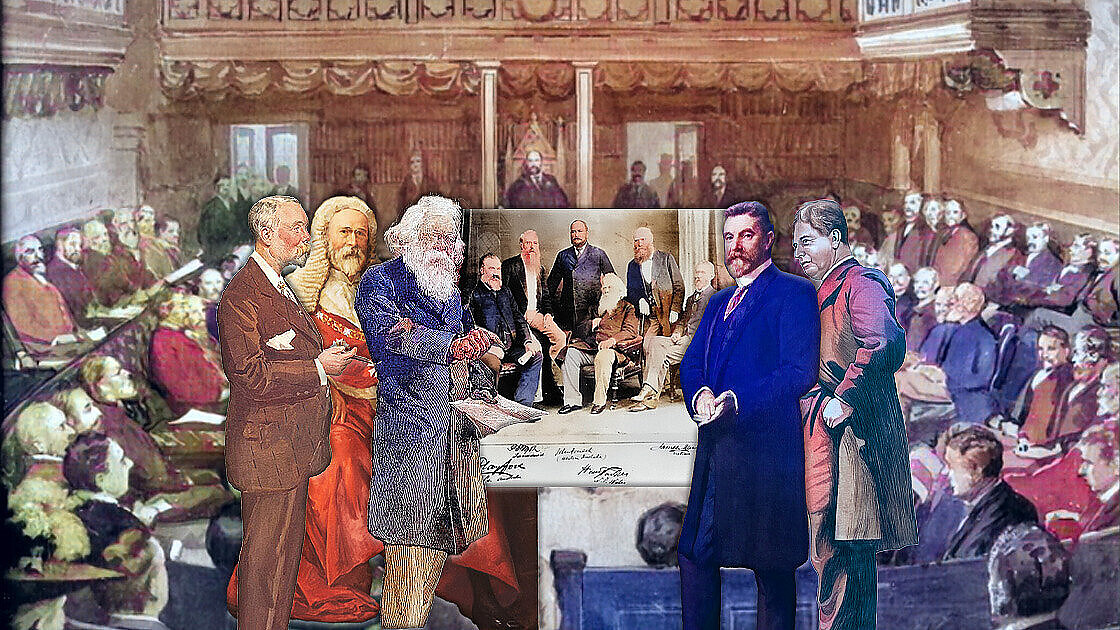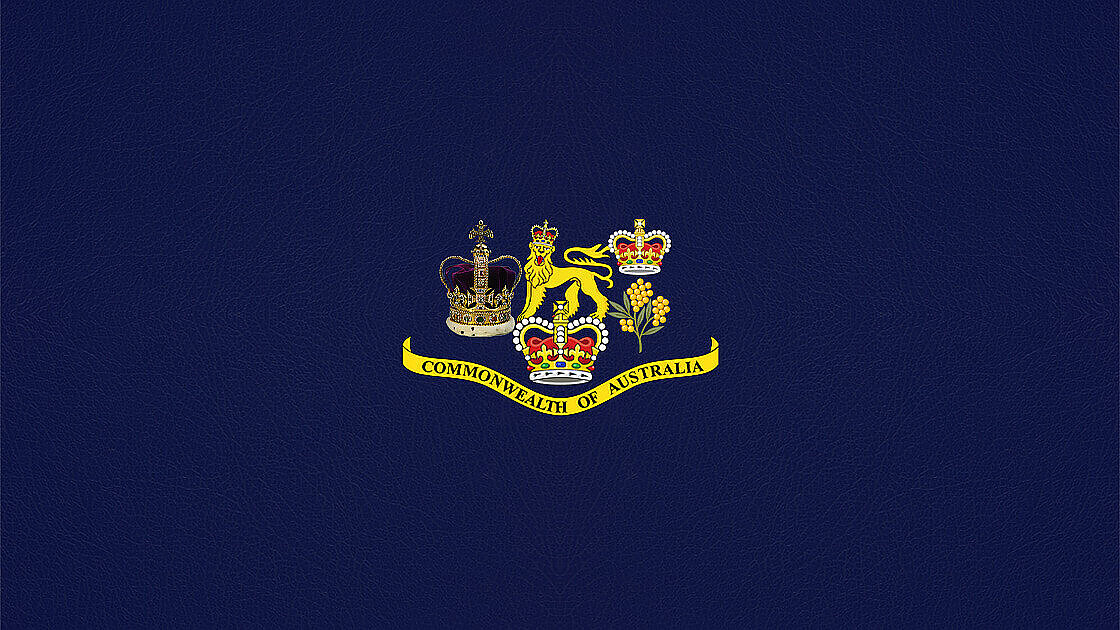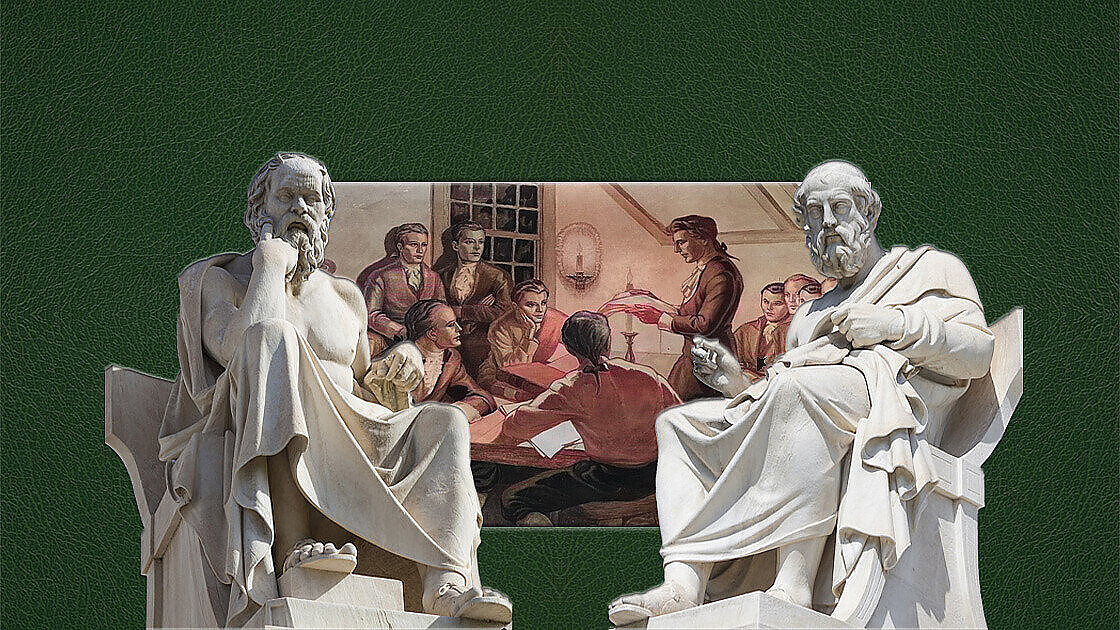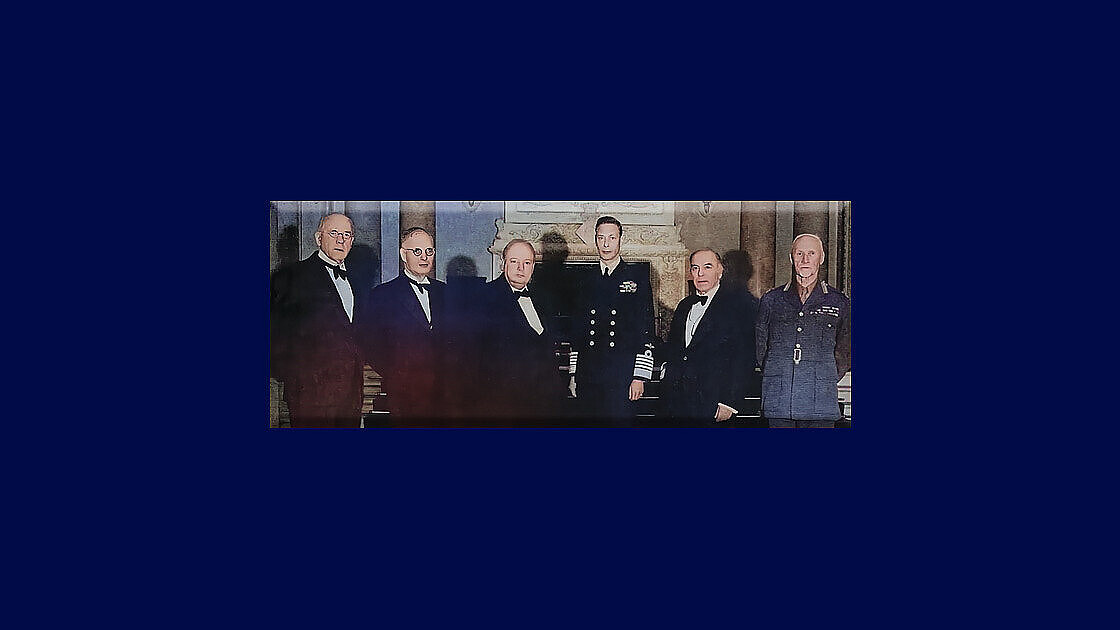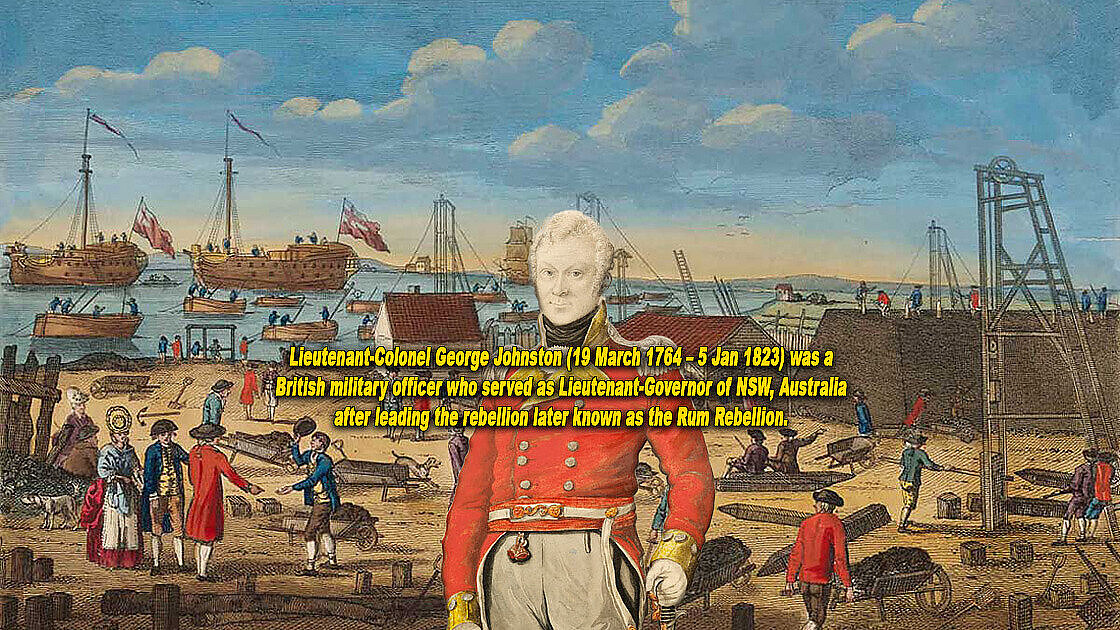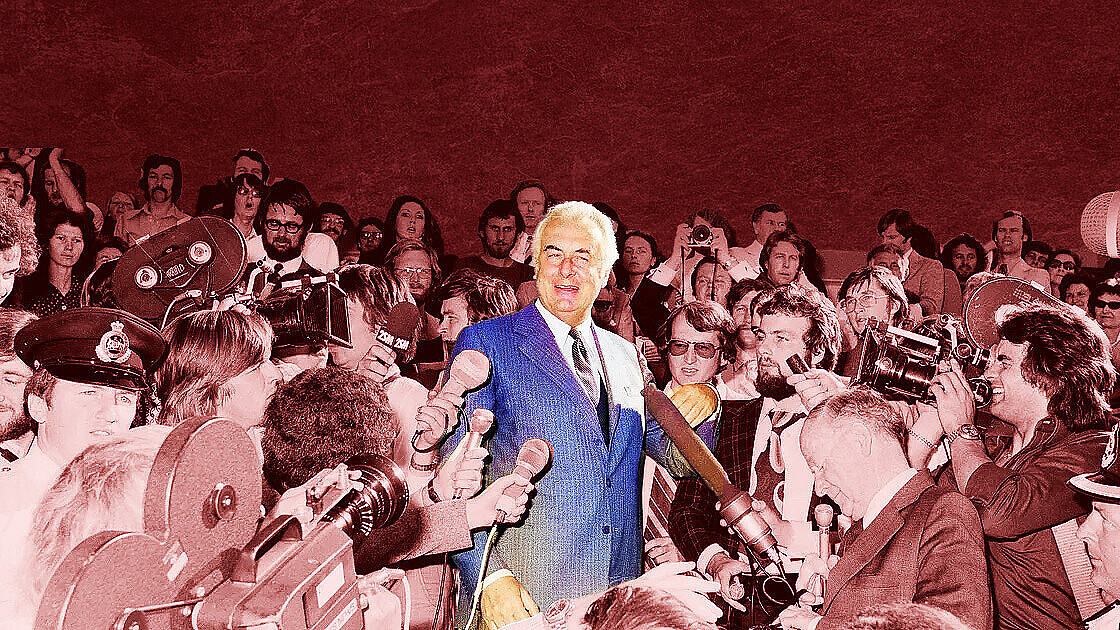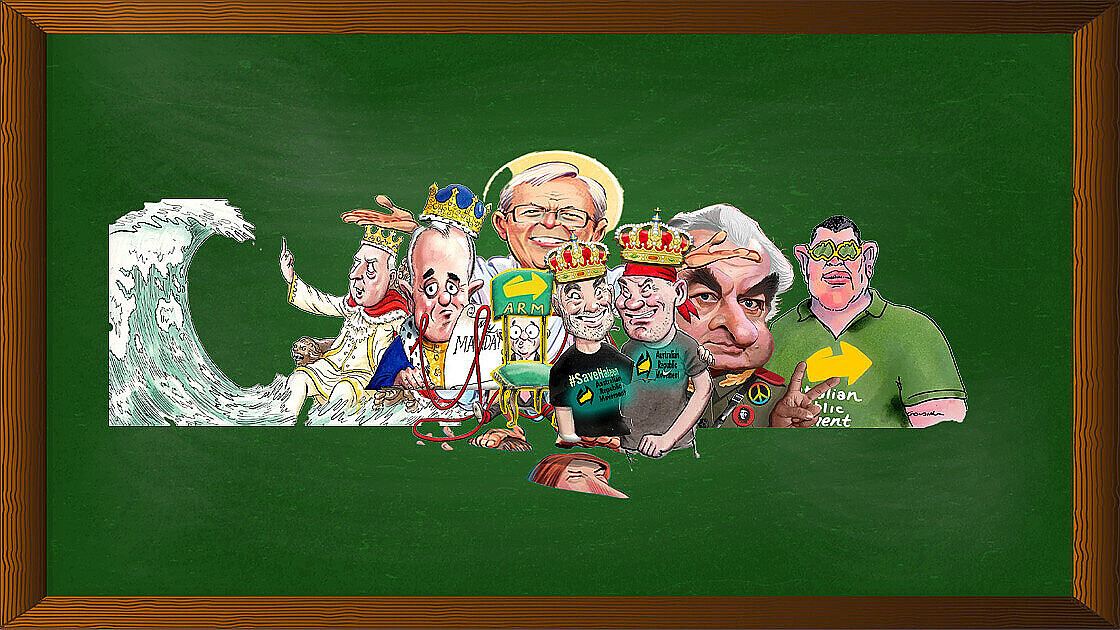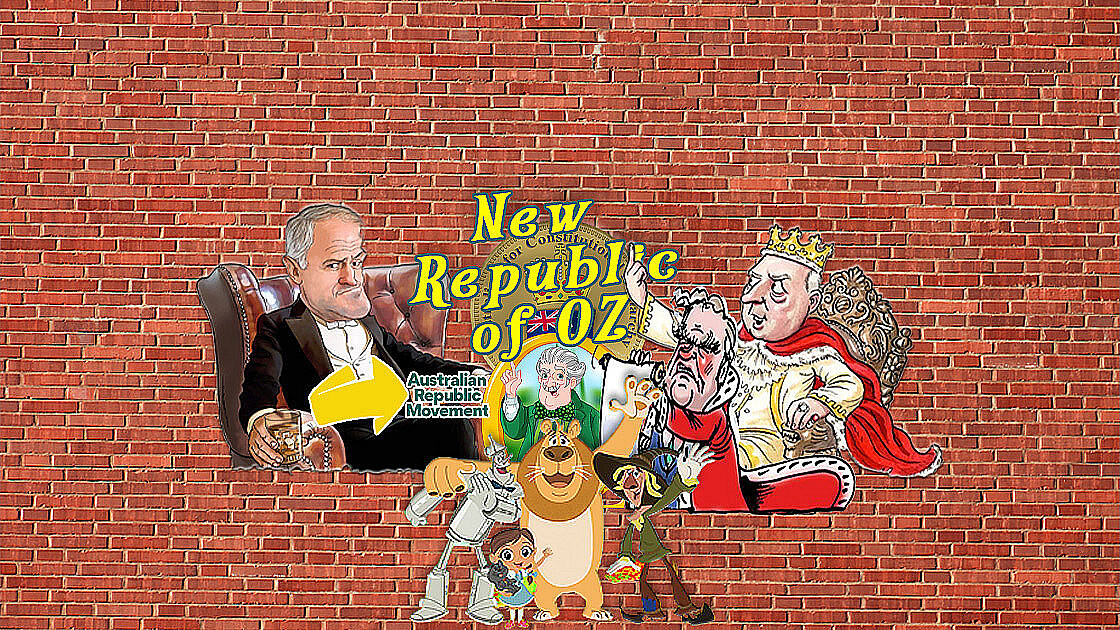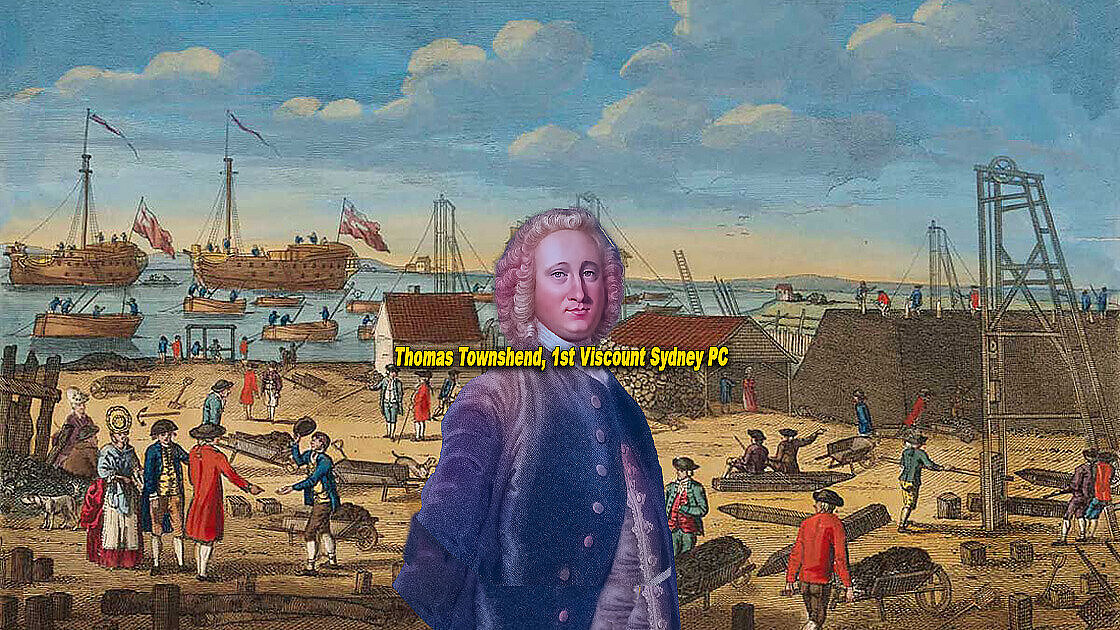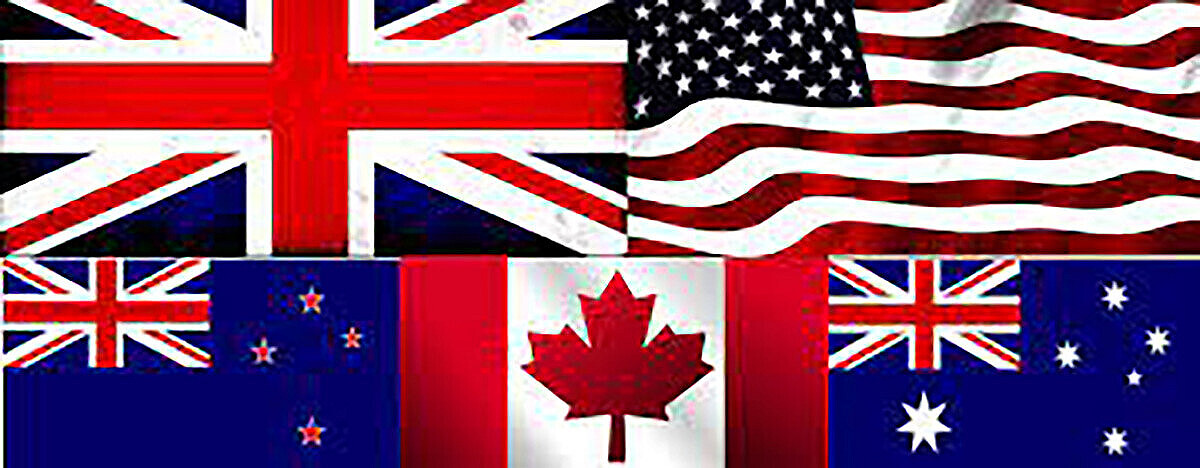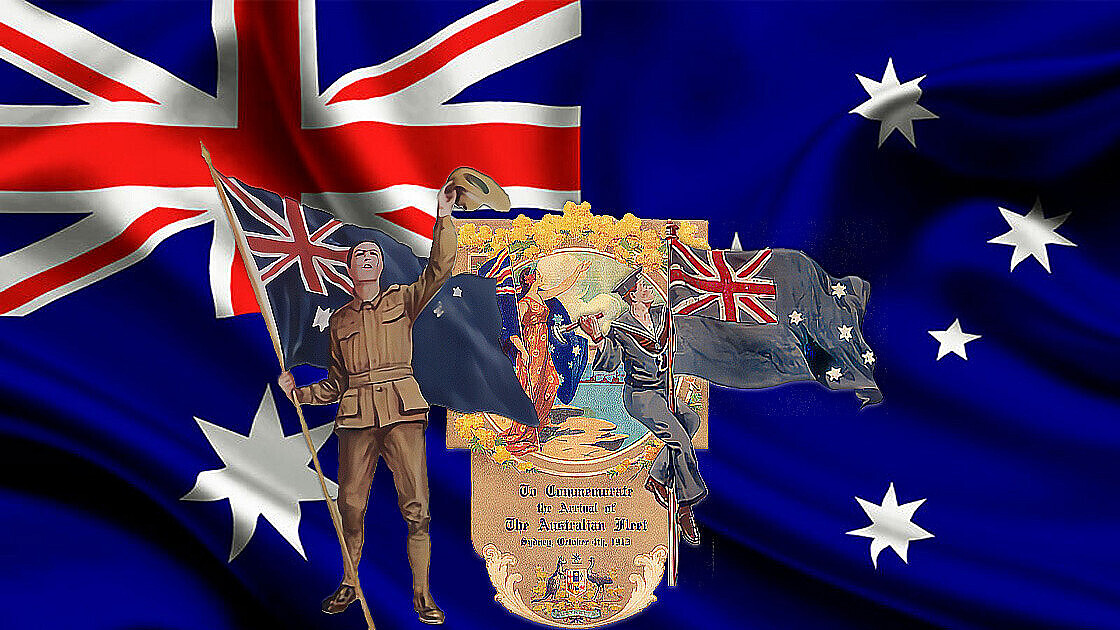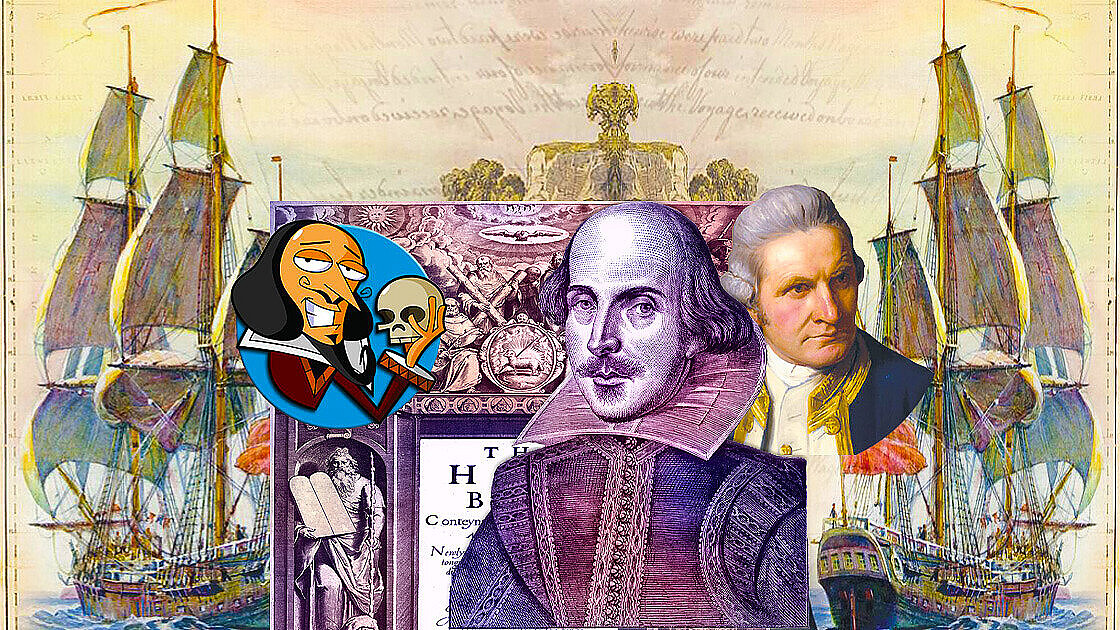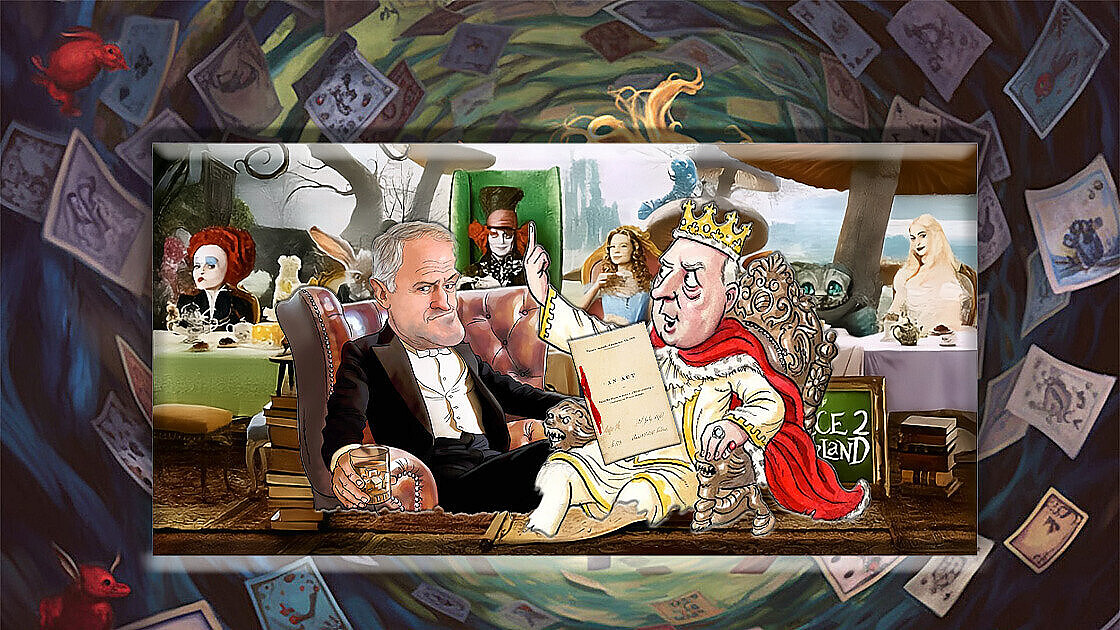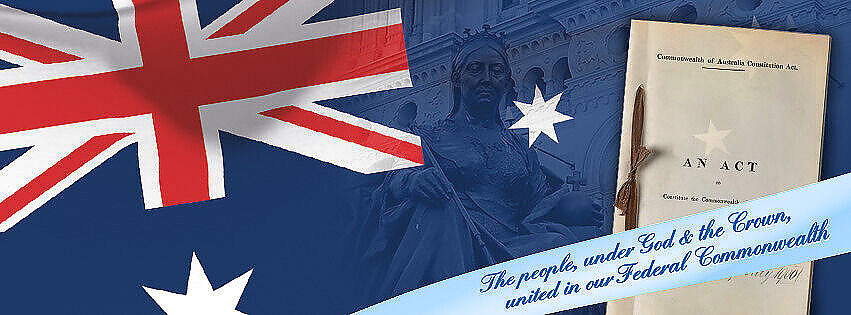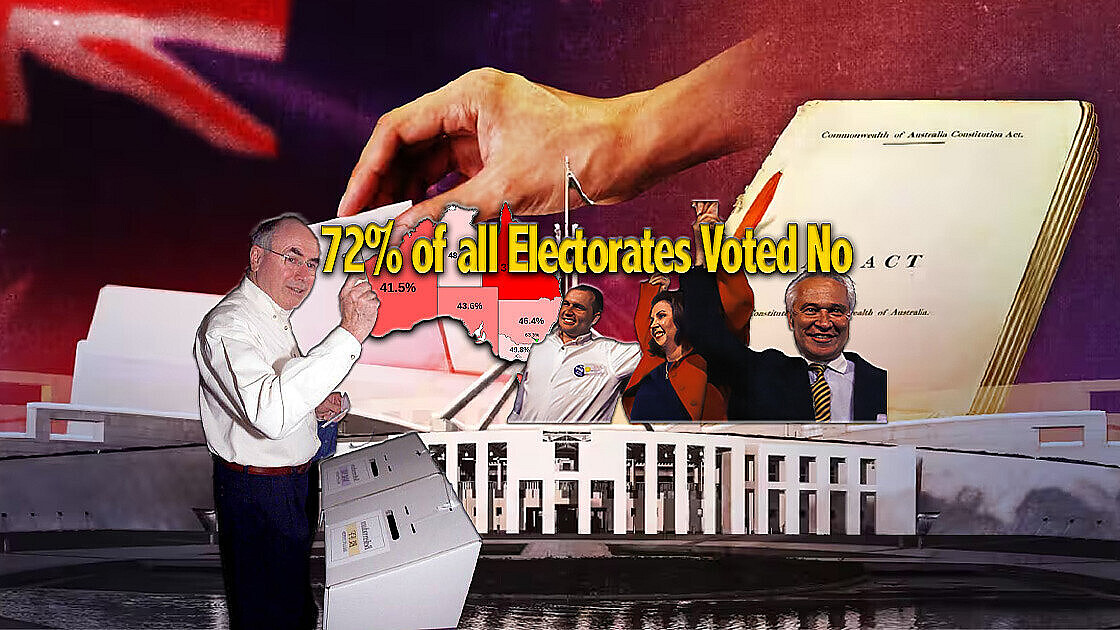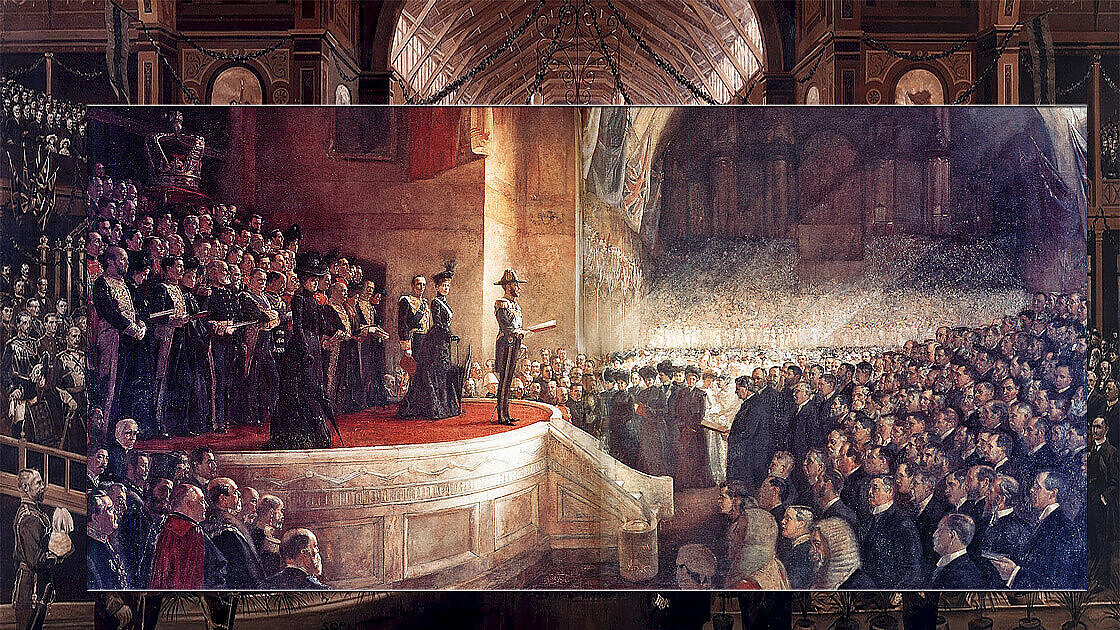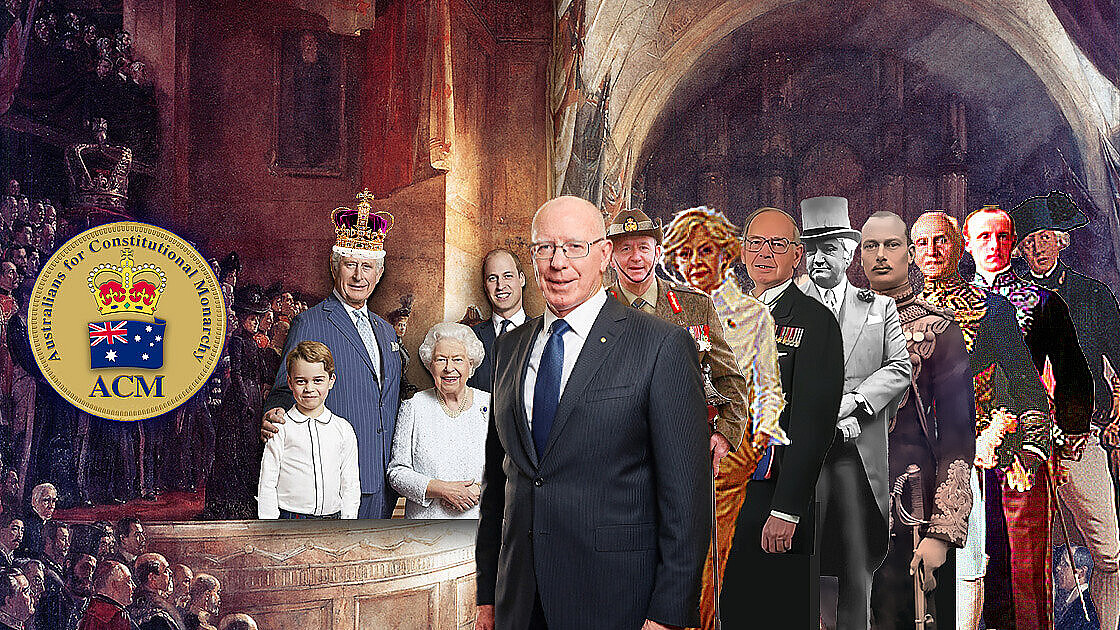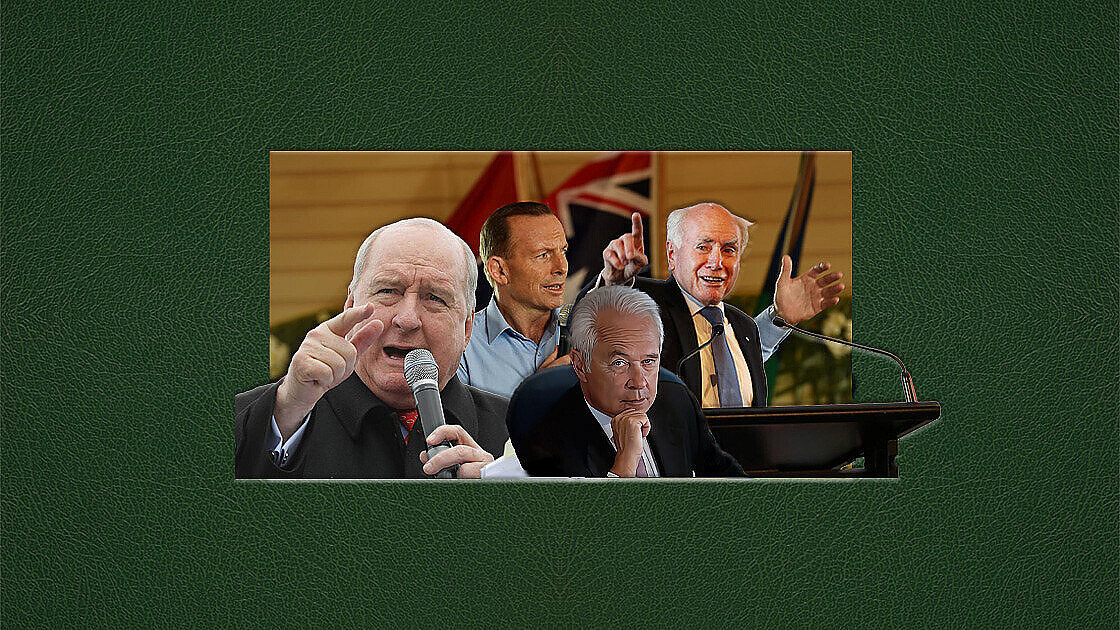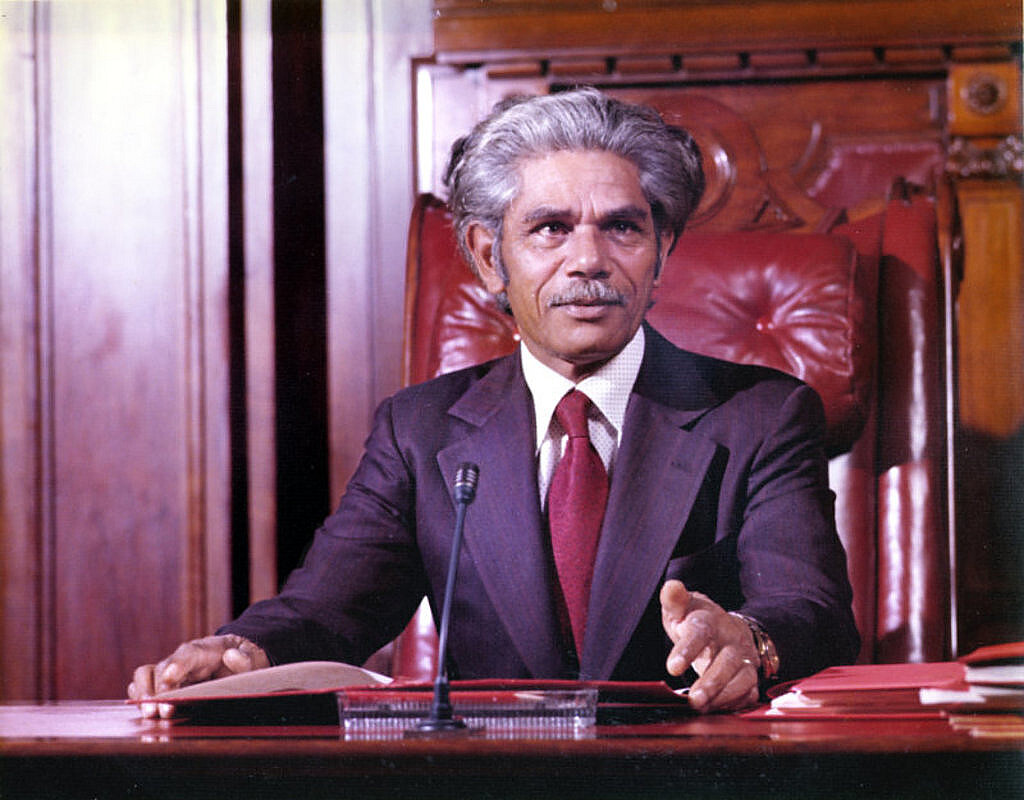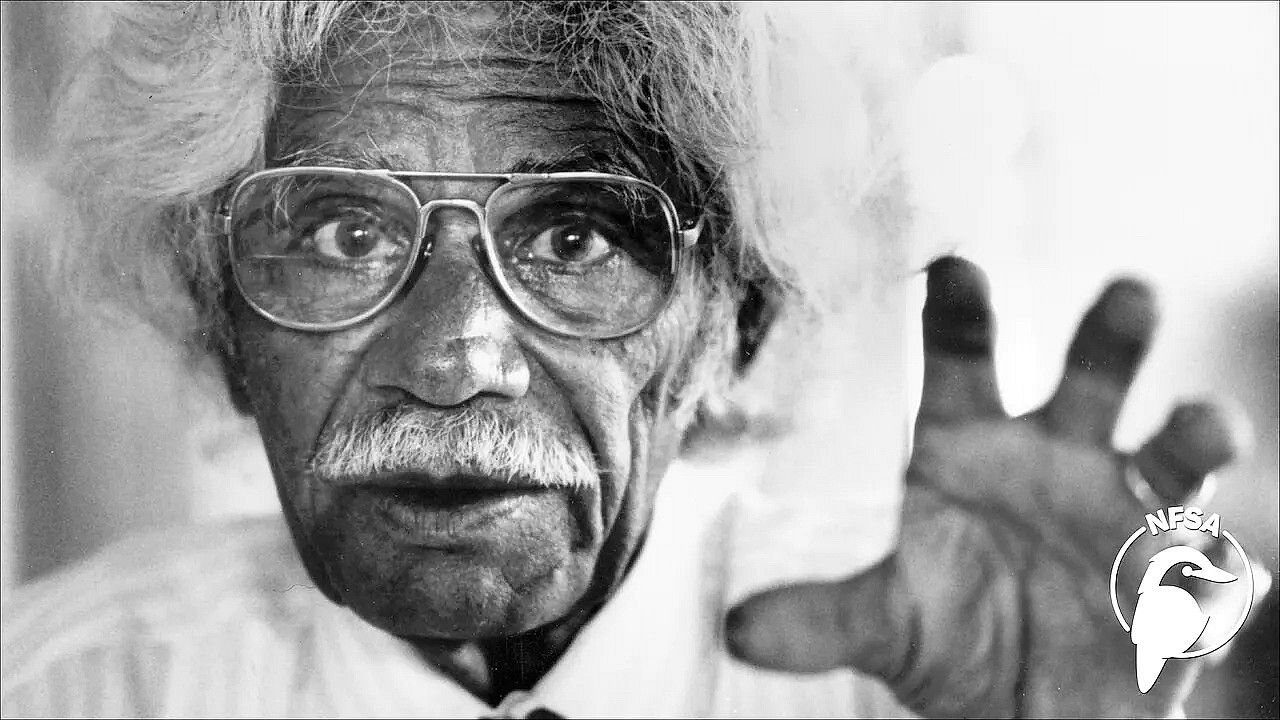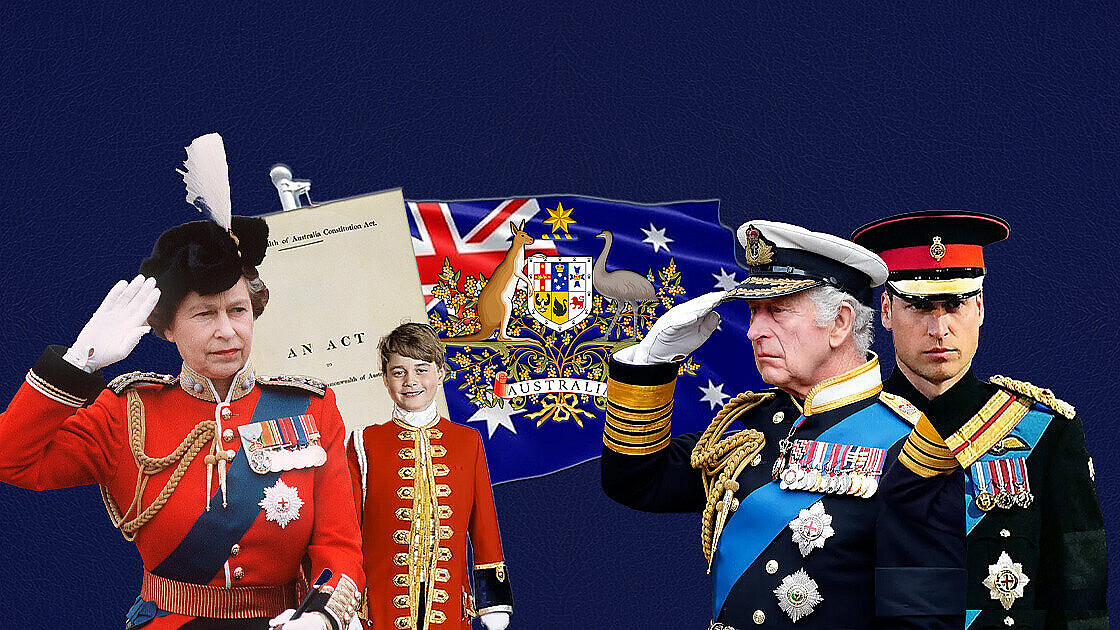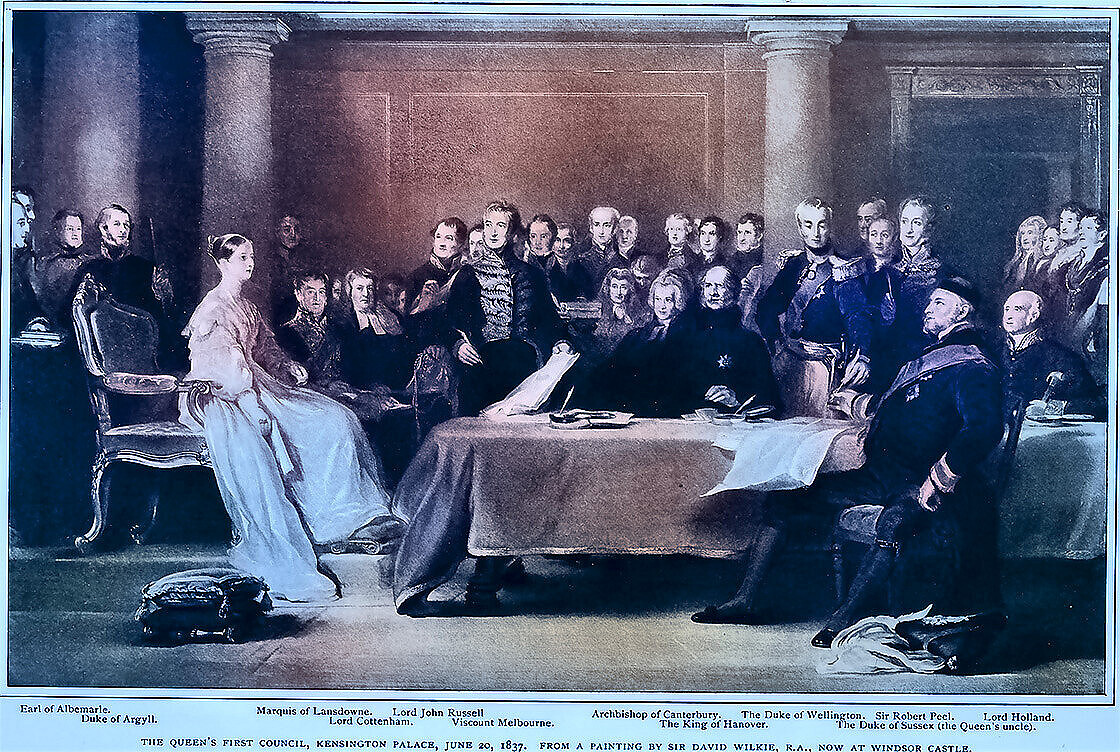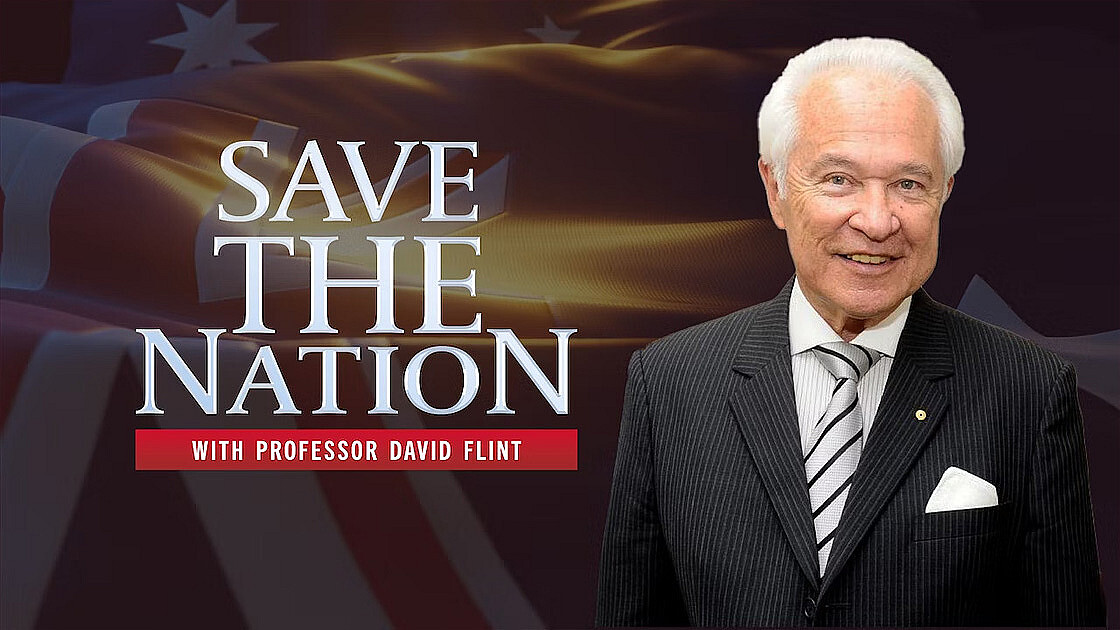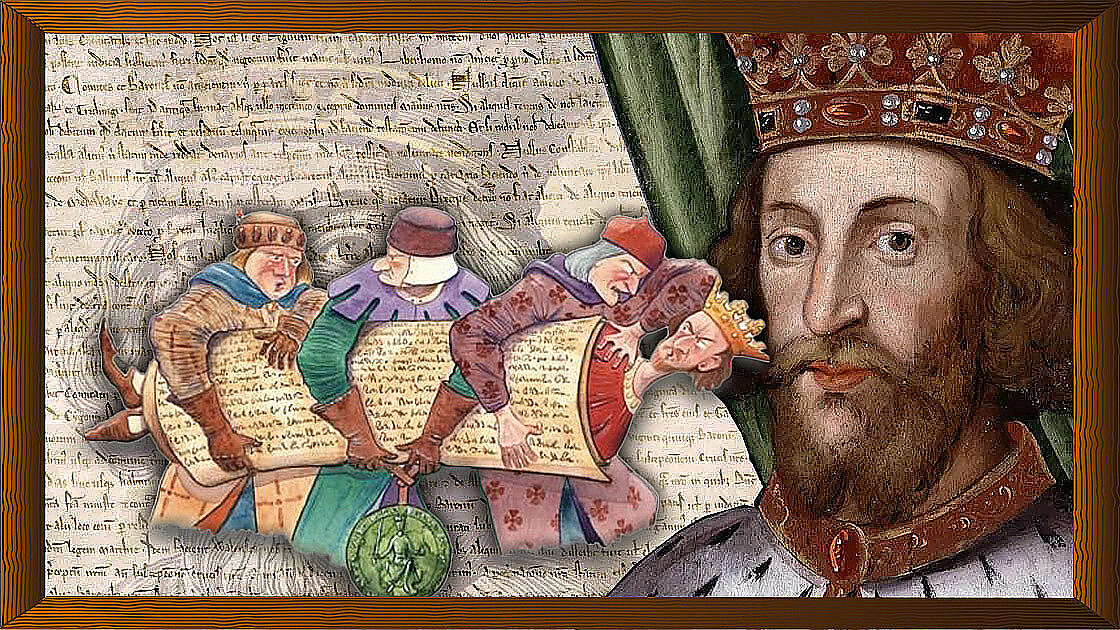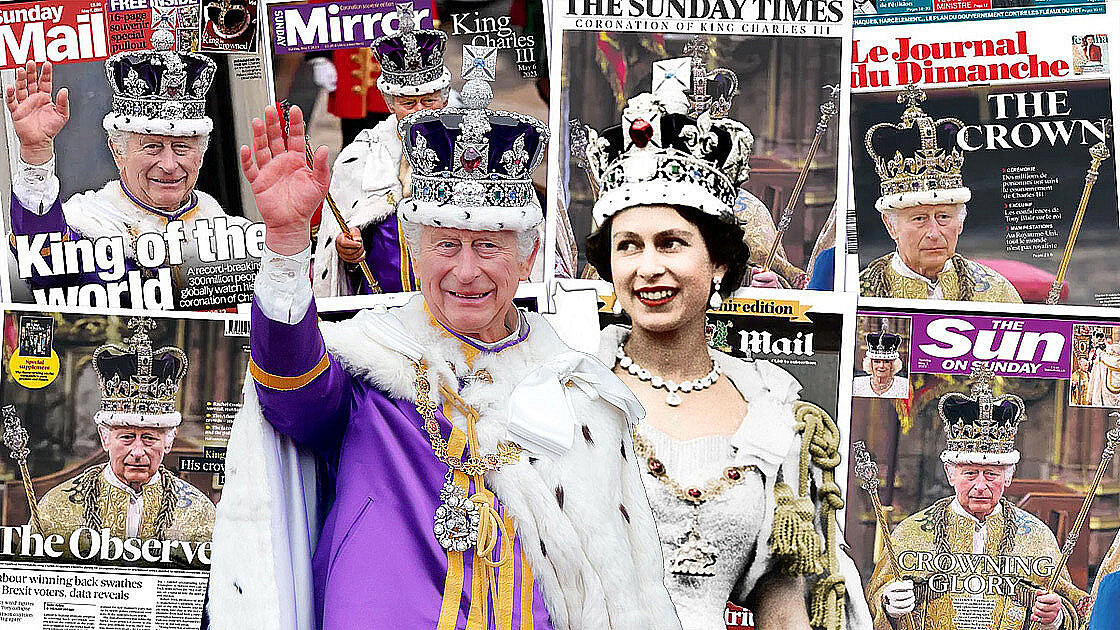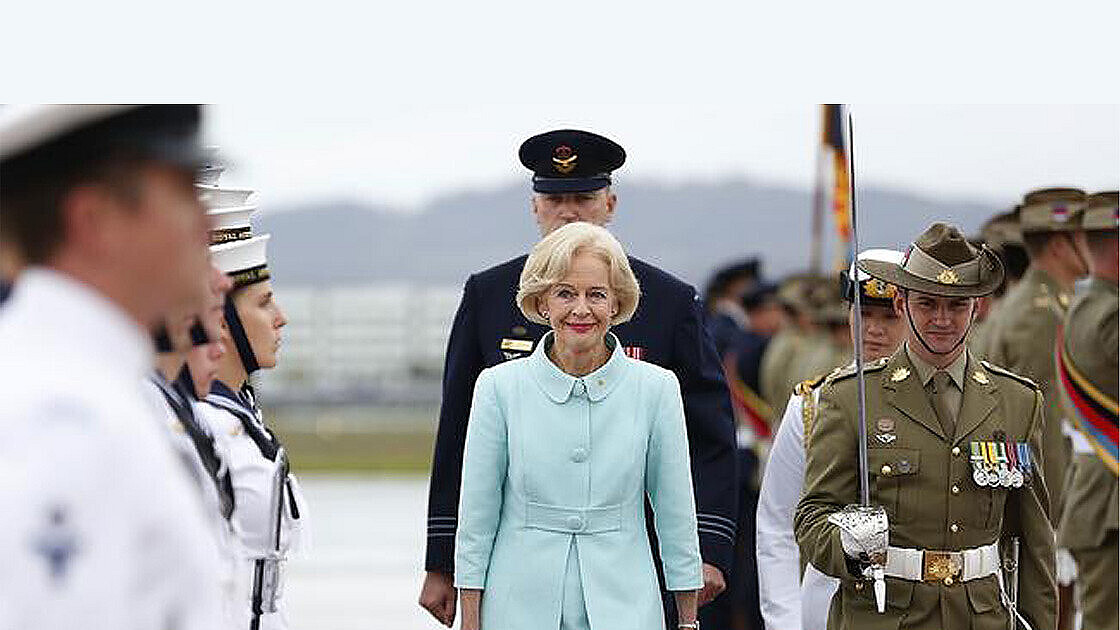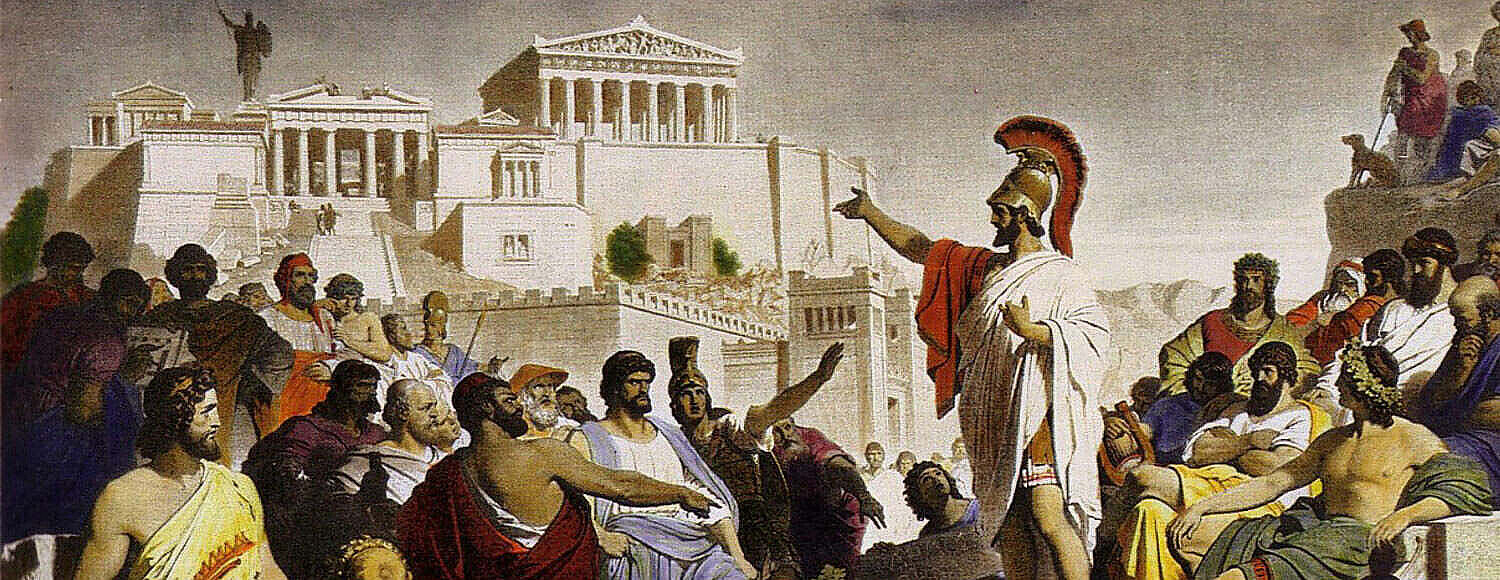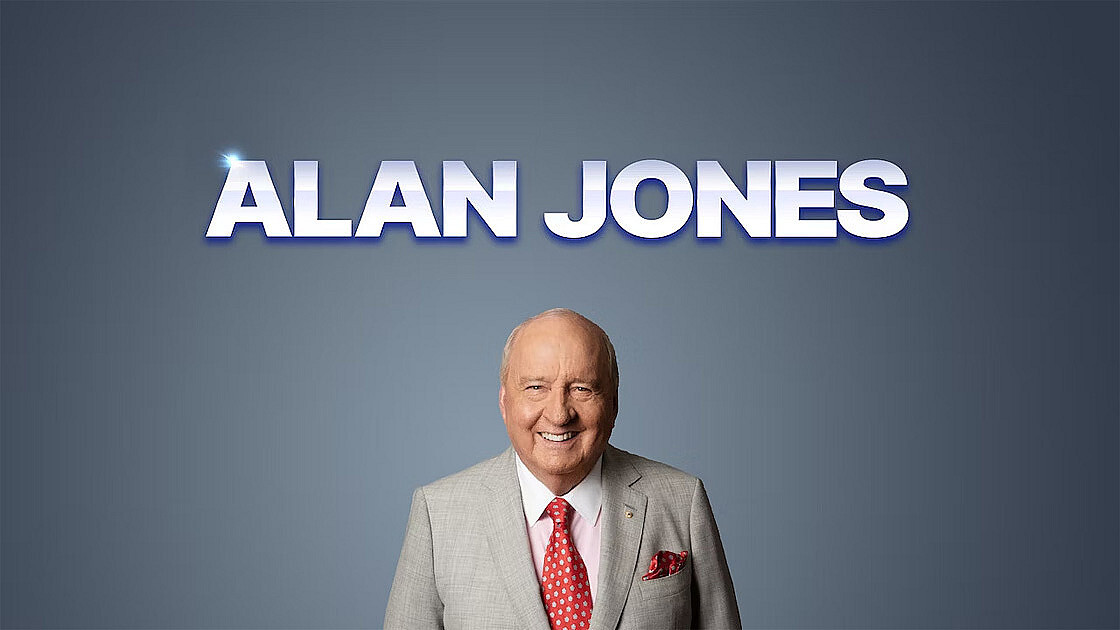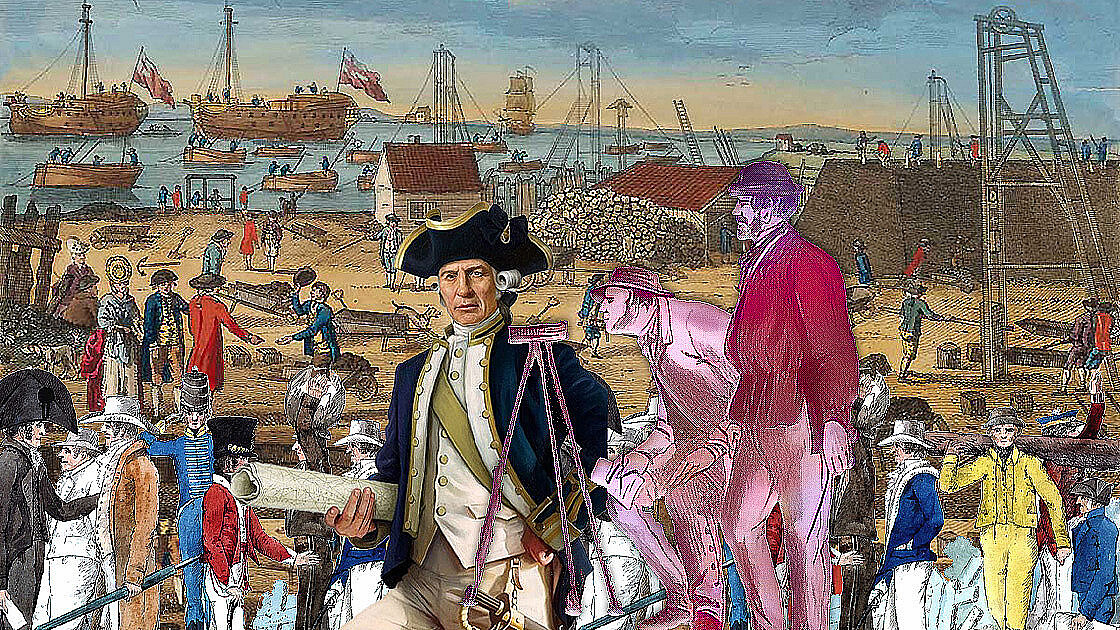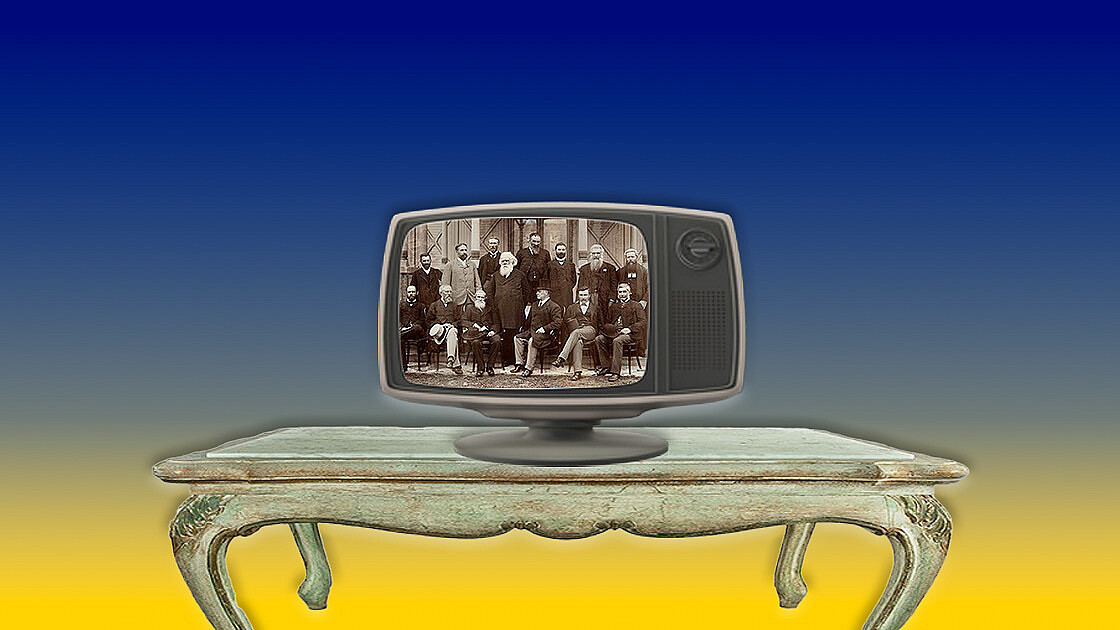Governor General of Australia
Since 1 July 2019, the governor-general has been General David Hurley. From the Federation in 1901 until 1965, 11 out of the 15 governors-general were British aristocrats; they included six barons, two viscounts, two earls, and one royal duke.
The Role of the Governor-General has been described in detail on the Governor-General’s website.
A copy of the website content as of 19th February 2009 can be found here.
The relationship between the office and that of the Sovereign has evolved as the Crown itself has been Australianised and separated from the imperial British Crown, so much so that some people ask why we cannot just keep the viceroys, the Governor-General and the State Governors and dispense with our Sovereign, Queen Elizabeth II her heirs and successors.
We propose dealing with these three issues separately on this page see blow.
- The Evolution of Roles
- Australianising the Crown
- Dispensing with the Sovereign: Cutting the Link
General David John Hurley, AC, DSC, FTSE, is a former Australian senior officer in the Australian Army who has served as the 27th governor-general of Australia since 1 July 2019. He was previously the 38th governor of New South Wales, serving from 2014 to 2019.

The swearing-in of Ms Quentin Bryce as Governor-General.
The evolution of the roles of the Sovereign and the Governor-General.
The rapid evolution of overseas dominions during the last fifty years has involved many complicated adjustments of old political machinery to changing conditions. The tendency towards equality of status was both right and inevitable. Geographical and other conditions made this impossible to attain by way of federation. The only alternative was by the way of autonomy, and along this road, it has been steadily sought. Every self-governing member of the Empire is now the master of its destiny. In fact, if not always in form, it is subject to no compulsion whatsoever.
The Balfour Declaration recognised conventions that had already been developed. The Declaration was given statutory effect when the parliament at Westminster passed the Statute of Westminster, 1931, which recognised the full emancipation of the dominion parliaments. Now, they could enact laws repugnant to the law of England (section 2) and give "extraterritorial" effect to any legislation (section 3). The statute limits the competence of the United Kingdom to legislate for the dominions to circumstances in which the relevant parliament requested and consented to such imperial legislation (section 4). The act stipulated that the operation of the dominion constitution was not affected in any way (section 7 and section 8). It also stipulated that, unlike the Canadian provinces to which it would apply, the act would not apply to the Australian states. This was at their request (section 9). Finally, the act would not have any effect in Australia until the parliament of the Commonwealth of Australia adopted the act itself by means of an adopting act (s10). In fact, the commonwealth parliament did not adopt the statute until 1942, at which time the act was given a retrospective operation "as from the commencement of the war between His Majesty the King and Germany".
The precise point at which independence was attained remains a moot point. Was it the political compact? Was it the formal offer by the mother parliament? Or was it the formal acceptance of the offer by the newly independent dominion parliament? In a fairly recent judgement, Lord Denning MR maintains independence came as a matter of evolving usage and convention rather than by means of enactment:
Hitherto, I have said that in constitutional law, the crown was single and indivisible. But that law was changed in the first half of this century — not by statute — but by constitutional usage and practice. (R vs Secretary of State for Foreign and Commonwealth Affairs ex parte Indian Association of Alberta, 1982, 2 WLF, 641, at 651)
The passage highlights the role conventions have played in the evolving relationship between governments within the British Empire and the subsequent Commonwealth of Nations. Were such relations governed by the rigidity of statute, such developments could not occur so naturally as need requires. The gradual emergence of full Australian nationhood was possible precisely because of the flexibility that is offered by convention.
It has been argued that legal independence did not occur until the passage of the Statute of Westminster through both imperial and dominion parliaments was complete. In a passage dealing with the difficulty of making such a determination, Chief Justice Sir Garfield Barwick said:
The historical movement of Australia to the status of a fully independent nation has been both gradual and, to a degree, imperceptible ... though the precise day of the acquisition of national independence may not be identifiable, it certainly was not the date of the inauguration of the Commonwealth in 1901. The historical, political and legal reality is that from 1901 until some period of time subsequent to the passage and adoption of the Statute of Westminster, the Commonwealth was no more than a self-governing colony, though latterly having dominion status. (China Ocean Shipping Co. v South Australia, 1979, 145, CLR 172 at 183)
The position was certainly resolved by the Australia Acts of 1986, which made certain that Australia is absolutely independent of the United Kingdom. Sir Anthony Mason, then Cheif Justice of Australia, held this to be the true date of a hand-over of sovereignty, explaining that the Australia Acts- "marked the end of the legal sovereignty of the imperial parliament and recognised that ultimate sovereignty resided in the Australian people". (Australian Capital Television Ltd v Commonwealth, 1992, 177, CLR 106 at 138)
With the Balfour Declaration and the Statute of Westminster had come the termination of British legislative and executive responsibility, at least for the commonwealth, if not the states. Judicial responsibility remained, however, until the termination of appeals to the privy council (Her Majesty in Council), which had become part of the Australian court structure.
There are four significant points about the Australia Acts of 1986. Firstly, the bulk of the acts is concerned with severing those remaining legal ties between the states and the United Kingdom. These gave the state legislatures the full powers that the United Kingdom had previously retained—at Australia's request—to legislate for the state as well as the power to legislate extra-territorially. The Colonial Laws Validity Act 1865 and the doctrine prohibiting repugnance to the law of England no longer applied (section 6). British executive responsibility and privy council appeals from the state disappeared (section 10 and section 11).
Secondly, the Acts clarify the role of the queen and the governors with respect to the states. The state premiers would give advice on the exercise of royal powers, not through the British government, but directly to the queen. The premiers were never prepared to go through Canberra.
Thirdly, the Statute of Westminster was amended in several respects. These included the termination of the power of the United Kingdom parliament to legislate for the commonwealth, the states and territories thereof, even at the request of the Australian parliaments. (Notwithstanding this, over recent years, some Republicans have made the bizarre suggestion that the British parliament should be requested to impose a republic! ) Now, no British Act can apply to any Australian jurisdiction (section 11 and section 12).
Fourth, the Acts stipulate that the Commonwealth of Australia Constitution Act and the Statute of Westminster continue to be in force and provide an intricate method by which the Australia Acts and the Statute of Westminster may be amended.
Both Acts, enacted in substantially identical terms by the United Kingdom and Australian parliaments, were proclaimed by the queen to come into effect on March 3 1986. On arrival in Australia to proclaim the Australian version, she observed both the rise of Australian national identity and the circumstances under which the constitutional relationship between Australia and the United Kingdom had come to an end:
I can see a growing sense of identity and a fierce pride in being Australian. So it is right that the Australia Acts has finally severed the last of the Constitutional links between Australia and Britain, and I was glad to play a dual role in this. My last official action as Queen of the United Kingdom before leaving London last month was to give my assent to the Australia Acts from the Westminster Parliament. My first official action on arriving in Australia yesterday was to proclaim an identical Act — but from the Australian Parliament — which I did as Queen of Australia. Surely, no two independent countries could bring to an end their constitutional relationship in a more civilised way, and I hope you will agree with me that this has been symbolic of the depth and quality of the relationship between Australia and Britain. Anachronistic constitutional arrangements have disappeared— but the friendship between the two nations has been strengthened and will endure. (McDonald, 67)
What we have seen since the adoption of the Australian constitution is the gradual emergence of Australia as an independent nation. This surely is one of the beauties of our system — that it has permitted such a peaceful evolution.
As Sir Harry Gibbs explains:
Our Constitution has been criticised because it sketches the outline of the system of government and does not set out in detail the rules and conventions that determine the working of the various arms of government. Any such criticism is totally misconceived. The strength of our Constitution, as it has been the strength of the Constitution of the United Kingdom, is that it allows the needs of a changing society to be met by a gradual development, which has been found impossible in some nations whose written Constitutions attempt to lay down all the rules in detail. (Gibbs, 1994)
THE DEVELOPING ROLE OF THE QUEEN AND THE GOVERNOR-GENERAL IN THE CONSTITUTION
Our task now is to plot the constitutional development of the office of the governor-general and that of the sovereign. Here, we shall not presently be concerned with issues such as the reserve powers other than to the extent that they affect the development of these offices. The role of both governor-general and sovereign has evolved to meet changing needs as Australia emerged as an independent and self-determining nation.
How did the founders of our constitution view the role of the governor-general? In their commentary on the constitution, Quick and Garran discuss the role of a colonial governor. They quote from Merivale's "Lecture on Colonisation", 1861, where it is explained that a vice-regal representative has a dual role: "He has to reconcile, as well as he can, his double function as governor representing the crown, and as a constitutional head of an executive." (Quick and Garran 388) The reference to the crown here is, of course, to the imperial crown, that is, the British government.
Even in 1861, the vice-regal representative was understood to be principally the constitutional umpire and auditor. This becomes significant in the contemporary disputes about who is, in fact, the head of state. As far back as 1873, Lord Dufferin, when the governor-general of Canada, understood himself to be: "The head of a constitutional state, engaged in the administration of parliamentary government."
The dual role was changed in 1926 by the adoption of the Report of the Inter-Imperial Relations Committee to the Imperial Conference.
This referred to the previous practice of appointments being made solely on the advice of His Majesty's ministers in London. The Report stated:
In our opinion, it is an essential consequence of the equality of status existing among the members of the British Commonwealth of Nations that the governor-general of the dominion is the representative of the crown, holding in all essential respects the same position in relation to the administration of public affairs in the dominion as is held by His Majesty the King in Great Britain and that he is not the representative or agent of His Majesty's Government in Great Britain or of any Department of that Government.
It seemed to us to follow that the practice whereby the governor-general of dominion is the formal official channel of communication between His Majesty's Government in Great Britain and His Governments in the dominions might be regarded as no longer wholly in accordance with the constitutional position of the governor-general. It was thought that the recognised official channel of communication should be, in future, between government and government direct ... it was recognised by the Committee, as an essential feature of any change or development in the channels of communication, that a governor-general should be supplied with copies of all documents of importance and in general should be kept as fully informed as is His Majesty the King in Great Britain of Cabinet business and public affairs.
Thus, the conference affirmed the abolition of the governor-general's residual role as representative of the British government in Australia, but in doing so, it did not declare him head of the executive or head of state. Why? For this, he already was. The emphasis on the idea that the governor-general should stand in the same relation to the dominion government as that in which the King stood to the British government clearly indicates this. As the dominions increased their already substantial exterior roles, the governor-general became accepted internationally as a head of state, a rarefied term hitherto used only by diplomats and international lawyers.
Although the method of appointing the governor-general could no longer involve the British government, the new process was not clarified until the conference of 1930, at which the following six principles were confirmed:
The parties interested in the appointment of governor-general of dominion are His Majesty the King, whose representative he is, and the dominion concerned.
The constitutional practice that His Majesty acts on the advice of responsible ministers also applies in this instance.
The ministers who tender advice and are responsible for such advice are His Majesty's ministers in the dominion concerned.
The ministers concerned tender their formal advice after informal consultation with His Majesty. (This surely puts paid to the false proposition that the Queen might instantly remove a governor-general on a phone call from the prime minister and makes more glaring the awesome power of instant dismissal the prime minister would have under a Keating—Turnbull republic.)
The channel of communication between His Majesty and the government of any dominion is a matter solely concerning His Majesty and such government.
The manner in which the instrument containing the governor-general's appointment should reflect the principles set forth above is a matter in regard to which His Majesty is advised by his ministers in the dominion concerned.
Sir David Smith says that the conference decision was taken at the height of and in support of, action initiated earlier that year by Australia's Prime Minister J.H. Scullin, who insisted on advising the King on the appointment of an Australian as governor-general. "Scullin's insistence on the right to recommend the appointment of Sir Isaac Isaacs as Australia's first Australian-born governor-general became the genesis of the new rule for the appointment of governors-general throughout the Empire." (Smith, 1997, 5-6) The king had argued, unsuccessfully, that there was an advantage for Australia in having someone who had not played a political or other role in Australia.
The 1926 and 1930 Imperial Conference decisions changed the status of the vice-regal office and established a new relationship between the governor-general and the Australian government. "What we did was alter our constitutional arrangements to meet evolving constitutional needs, but without having to alter one word of the constitution itself. These changes are perfect examples of the far-sightedness of our founders and evidence of the adaptability and flexibility of our allegedly horse-andbuggy and inflexible Constitution." (Smith, 1997, 5-6)
Although Sir Isaac Isaacs was succeeded by a number of British appointments, since the appointment of Lord Casey (himself formerly a governor of Bengal in 1965), the office has been consistently filled by Australian residents. It was argued by some in Australia in the 1950s that appointments should be made from other commonwealth countries. There was a vague proposal, for instance, that Mrs Pandit, sister of the Indian prime minister, should be made governor-general.
So we have in the governor-general, a head of the executive and head of a constitutional state who stands in the same relation to the Australian government as the queen does to the United Kingdom's, who is appointed on the advice of Her Majesty's Australian ministers and who is normally an Australian citizen with appropriate qualifications. There is no legal restriction on a person who has dual citizenship becoming governor-general, unlike members of the federal parliament.
What is the status of the queen according to Australian constitutional law? Perhaps the greatest development on this front has been the recognition of the divisibility of the crown, confirmed by the high court in Sue vs Hill, 23 June 1999. To understand this requires us to return once more to the Imperial Conference of 1926. Prior to this time, the crown had been regarded as indivisible, the majority in the Engineers' case in 1920, for instance, explaining:
The crown ... is one and indivisible throughout the Empire ... The first step in the examination of the Constitution is to emphasise the primary legal axiom that the crown is ubiquitous and indivisible in the king's dominions.
As we have seen, the Balfour Declaration took the crown in a new direction. It provided the beginnings of a new theory wherein there could be one common monarch who wore multiple crowns, each of which represented a logically distinct legal person. The preamble to the Statute of Westminster 1931 states:
... in as much as the crown is the symbol of the free association of the members of the British Commonwealth of Nations, and as they are united by a common allegiance to the crown, it would be in accord with the established constitutional position of all the members of the Commonwealth in relation to one another that any law touching upon the succession to the Throne or the Royal Style and Titles shall hereafter require the assent of the Parliaments of all the dominions and the Parliament of the United Kingdom.
The proposition about the succession was tested by the abdication crisis of 1936 when the Australian prime minister replied to the British prime minister's telegram asking whether Australia would support a morganatic marriage between Edward VIII and Wallis Simpson, that is, one which would have no constitutional significance or effect:
There would be outspoken hostility to His Majesty's proposed wife becoming Queen, while any proposal that she should become Consort and not Queen ... would not be approved by my Government. (Ziegler, 305-306)
Subsequently, the Abdication Act (Imp.), 1936, received the assent of the commonwealth parliament by resolution of both houses. The second point in the preamble was dealt with by means of the Royal Style and Titles Acts, 1953. In this, the commonwealth parliament provided a unique royal style and title for use in Australia. This followed the commonwealth prime ministers' conference of the previous year, at which it was decided that a common style and titles were not needed throughout the commonwealth so long as a common element was retained.
The title agreed to in 1926 had been George V, by the Grace of God, of the United Kingdom of Great Britain, Ireland and the British Dominions beyond the Seas King, Defender of the Faith, Emperor of India. This had been updated in 1947, substituting the Head of the Commonwealth for Emperor of India upon Indian independence.
The new style and titles adopted by the Royal Style and Titles Act 1953 (Cth) for exclusive use in Australia was Elizabeth the Second, by the Grace of God of the United Kingdom, Australia and Her other Realms and Territories Queen, Head of the Commonwealth, Defender of the Faith. This was altered in 1973 to the present Royal Style and Titles, which reads Elizabeth the Second, by the Grace of God Queen of Australia and Her other Realms and Territories, Head of the Commonwealth. Queen Elizabeth II said at Parliament House, Canberra, on 18 October 1973:
The reality and dynamic quality of the relationship between the crown and people will be symbolised in another way tomorrow when I give my Assent in person to an Act of the Australian Parliament, which amends my Style and Title. It puts Queen of Australia first and foremost. It will give me much satisfaction to do this because it is realistic because it is something which my father thought should be done as long ago as 1947 and, above all, because I hope it will strengthen that relationship which I value and cherish.
So, the office of the Queen of Australia has evolved into a legally separate and distinct person as a result of a gentle process that commenced at the Imperial Conference of 1926. A majority of the high court in Nolan vs Minister for Immigration and Ethnic Affairs (1988) 165 CLR 178 held:
The transition from Empire to Commonwealth and the emergence of Australia and other dominions as independent sovereign nations ... inevitably changed the nature of the relationship between the United Kingdom and its former colonies and rendered obsolete notions of an indivisible crown ... It became accepted as a truism that, although there is only one person who is sovereign ... in matters of law and government the Queen of the United Kingdom ... is entirely distinct from the Queen of (eg) Canada or Australia.
Having examined the development of the office of the governor-general and the emergence of the Queen of Australia as a distinct entity, I now make some final comments about the relationship between the two offices.
The Constitution clearly hands the queen's power over to the governor-general (ss2 and 61). However, this appears to have been largely overlooked both in Britain and Australia, with Queen Victoria issuing Patent and Instructions Letters– subsequently revised by Kind Edward VII in 1902, King George V in 1920, and Queen Elizabeth II in 1958. When the error was realised, the queen revoked Queen Victoria's Letters Patent and issued new ones on the advice of Prime Minister Hawke in 1984. (Smith, 4, 8)
The reason that the sovereign may in no way interfere in the governor-general's activities stems from section 61 of the constitution which, unlike the state constitutions or that of Canada, stipulates that while the executive power of the Commonwealth is vested in the queen, it is exercisable by the governor-general alone. This became apparent to Lord Haldane during argument in the application for special leave to appeal the high court's decision in the Engineers' case to the privy council when he asked of section 61: "Does it not put the sovereign in the position of having parted, so far as the affairs of the commonwealth are concerned, with every shadow of active intervention in their affairs and handing them over, unlike the case of Canada, to the governor-general?" (Evart, 311)
This interpretation was confirmed by the passage of the Royal Powers Act 1953 (Cth). In preparing for the Royal visit of 1954, it became apparent to Prime Minister Menzies that the constitution prohibited the governor-general from delegating any of his powers, which were totally his, even to his sovereign. Thus, it is apparent that the vice-regal representative is no mere representative. The new act provided that the queen could exercise any of the governor-general's statutory but not constitutional powers while personally present in Australia if so advised by her Australian ministers, though this does not preclude the governor-general from continuing to exercise such powers simultaneously. The argument heard in the privy council and in the cabinet was put from Buckingham Palace in 1975 when the speaker of the House of representatives was advised that the queen could not interfere in the constitutional crisis:
As we understand the situation here, the Australian Constitution firmly places the prerogative powers of the crown in the hands of the governor-general as the representative of the Queen of Australia. The only person competent to commission an Australian prime minister is the governor-general, and the Queen has no part in the decisions that the governor-general must make in accordance with the Constitution. Her Majesty, as Queen of Australia, is watching events in Canberra with close interest and attention, but it would not be proper for her to intervene in person in matters which are so clearly placed within the jurisdiction of the governor-general by the Constitution Act. (Kerr, 330)
The true position of the governor-general was summed up by the Constitutional Commission in 1988, which concluded that: "Although the governor-general is the queen's representative in Australia, the governor-general is in no sense a delegate of the queen." (para. 5.17)
Australianising the Crown
While the Canadianisation of the Crown became formal government policy under the Trudeau government, Australianisation has been a piecemeal process [i]. Indeed, the Australian Constitution had, from its adoption, and almost unnoticed, made a significant step towards Australianisation. This was done by a measure unprecedented in the Empire - the placing of the exercise of the executive power of the Commonwealth in the hands of the Governor-General [ii]. Another unprecedented measure was to grant the new Commonwealth of Australia the power to change its own Constitution [iii].
In any event, the trend over the years has been to move further down the path of Australianising the Crown, vesting more authority and status in the Governor-General but still as representative of the Crown. An important measure has been to declare to foreign governments and international organizations that the governor-general is the head of state and should be accorded that dignity [iv].
If Australianisation means that the Governor-General may do things in Australia and beyond the seas that are consistent with his or her role of representing and exercising the powers of the Australian Crown, there can surely be no objection. This is, after all, consistent with the formula in the Balfour Declaration made in the early part of the twentieth century:
“…it is an essential consequence of the equality of status existing among the members of the British Commonwealth of Nations that the Governor-General of a Dominion is the representative of the Crown, holding in all essential respects the same position in relation to the administration of public affairs in the Dominion as is held by His Majesty the King in Great Britain, and that he is not the representative or agent of His Majesty’s Government in Great Britain or of any Department of that Government.” [v]
But this does not mean that the office should take on a character different from and inconsistent with the Crown in a constitutional monarchy. We are becoming accustomed to hearing on the announcement of an appointment to a vice-regal office that the incumbent will, once in office, concentrate on some or other worthy cause. Too often, this is dangerously close to a political agenda, however worthy. This is not an appropriate vice-regal vocation: that vocation is to represent the Crown, to provide leadership beyond politics. How can they provide this if their agenda is even tangentially political? The vice regal-elect should first acquaint themselves with the office before announcing some or other agenda.
A former Governor-General, Sir William Deane, devoted much of his term to the advancement of the interests of Australia’s indigenous people. At most times, it was possible to conclude that this interest had not become political, that he was in no way challenging government policy, but that he was engaged in taking a well-intended interest in the indigenous people. On one occasion, he was criticised by a national newspaper for arranging direct access to The Queen without referring the request to the government [vi]. But after he left office, Sir William became openly critical of government policy, sometimes harshly so. The unfortunate result was that, retrospectively, he confirmed in the minds of many that he had crossed the line while in office. This experience justifies the proposition that even after he or she leaves office, a governor-general should be careful never to compromise the office. Speaking in favour of a republic, or even opining that it is inevitable, seems inappropriate for one who has represented the Crown. But to do so in office is, at the very least, a most inappropriate entry into politics, apart from being an act of disloyalty to the Sovereign to whom the viceroy has sworn allegiance.
In Canada, in order to overcome what he saw as public indifference to the office of the Governor-General, a former incumbent suggested that the Governor-General henceforth have greater freedom to express his personal ideas and even that he be made chairman of a new senate. Another suggestion was that the Governor-General, outside of the extraordinary circumstances referred to above, should be able to refuse assent to legislation [vii].
Apart from a Governor-General being free to speak on matters clearly, not on the political agenda, all of these proposals are inconsistent with the concept of constitutional monarchy. They may well flow from the mistake of seeing, consciously or subconsciously, the office as separate and autonomous from the Crown. This is not so- the office can have no existence apart from and independent of the Crown.
A viceroy is the representative of the Crown, nothing less – and nothing more. As Walter Bagehot observed: “We must not bring The Queen into the combat of politics or she will cease to be reverenced by all combatants; she will become one combatant among many.” [viii] Obviously, this advice applies equally to a viceroy.
[i] Smith, Crown, p.45
[ii] Smith, Head of State, pp.85-116; other unprecedented aspects of the Constitution were that it was approved by the people and that the power of amendment was vested in Australians.
[iii] Constitution,s.128
[iv] Ibid; Flint, Republic, pp 37-48; unlike Canada, the Australian government does not appear to have requested The Queen to act as Queen of Australia in any foreign country.
[v] Imperial Conference, 1926, Inter-Imperial Relations Committee: Report, Proceedings and Memoranda, E( IR/26) Series ( the “Balfour Declaration”)
[vi] Smith, Head of State, pp.326-327
[vii] Smith, Crown, pp.110-115
[viii] Bagehot, op.cit., p.54
Dispensing with the Sovereign: Cutting the Link
While accepting the considerable, indeed central role of the Crown in our history and our constitutional system, it is sometimes argued that we could retain all the benefits of the Crown while dispensing with the Sovereign [i]. Many, if not most, of the forms of republics were proposed at the 1998 Constitutional Convention and, since then, purport to do this. This is particularly true of the minimalist models, which may even go so far as to retain the name of Governor-General. One model proposes that the role of appointing and dismissing the viceroys be the responsibility of a council of eminent persons, acting on political advice instead of the Sovereign [ii].
The proposition that the Crown could effectively be retained without keeping the Sovereign is completely fallacious. This is not merely because we would lose the impeccable standards set by Queen Elizabeth II; however, we are fortunate to have known these during her reign, which, incidentally, has extended over more than one-half of the life of our Commonwealth.
Her Majesty’s dedication, her personal standards and her sense of judgement are celebrated, and rightly so. Indeed, a viceroy in a quandary as to what behaviour would be appropriate could do no better than ask himself or herself:
“What would The Queen do in a case like this?”
The fundamental, unavoidable and insoluble problem for such republican models is that without The Queen, there can be no Crown. Not only would the offices of the viceroys who are above politics disappear, but so would the fountain of honour, including the ceremonial role of the viceroy who is, and is seen to be, above politics, and so would the fountain of justice with Her Majesty’s and not some politician’s judges, so would The Queen-in Parliament and the Crown as the auditing executive, so would the Crown as the employer of the public service, rather than the governing party, and so would the Crown as the Commander in Chief - in sum, the whole vast institution which is above politics and which has been with us from the beginning would vanish. This institution, which has been with us since the settlement in 1788, under which we received self-government under the Westminster system, under which we federated and under which we became independent, would disappear forever. And there would be no vacuum. All of this, in every aspect, would fall to the political class.
Perceptive observers who understand this have attempted to construct some sort of faux Crown not so much to fill the void but to protect it from the political class. This has revolved around some collective entity. However, the two principal models proposed in Australia and Canada could not function as the Crown. Neither the vice-regal appointments council of the eminent, consisting of gender-balanced selected former viceroys and chief justices, as has been suggested in Australia, nor a college consisting of the 150 Companions of the Order of Canada, as suggested for that Realm, could possibly replace the Crown [iii]. Either would perform the functions of appointing or electing the president and removing him - and there is no guarantee they would do either well. But they would not replace the Crown. The proponents do not, for example, propose that the army should owe allegiance to the council or to the college or that Her Majesty’s judges should become their rotating eminences’ judges or the judges of the college of companions.
These proposals recall that of the Abbé Sieyès, who wished to create a “grand elector” in the French 1799 constitution for the Consulate. This was designed to replace the monarch he had helped first make constitutional and later shamefully despatched to the guillotine. As Walter Bagehot observed, it was “absurd… to propose that a new institution, inheriting no reverence, and made holy by no religion, could be created to fill the sort of post occupied by a constitutional king in nations of monarchical history [iv].” So, in an Australian republic, the new republican office of the president, whether or not appointed by a council of the eminent and whether or not elected, could never replace the Crown as an equally vast institution above politics. Indeed, this is not even suggested. Instead, the proponents choose to ignore the issue.
The question, therefore, has to be asked of all these proposals to graft a minimalist republic onto our constitutional system: where would all of the powers and protections of the Crown - apart from the appointment and dismissal of the viceroys, fall? Into whose lap? The answer is, of course, the politicians’ lap, the same politicians who are already concentrated in the closely linked and controlled executive and legislative arms of government. In the American republic, the politician in the executive and the politicians in the legislature are at least quarantined and isolated one from the other, the founders believing, rightly, that the resulting adversarial relationship, however rigid, would act as a check and balance against the abuse of authority. They were aware of the truth of Lord Acton’s dictum before he enunciated it: “Power tends to corrupt and absolute power corrupts absolutely [v].”
As Canadian Professor David E Smith notes, in a minimalist republic, a powerful executive would become that much more powerful [vi]. And that was written before he had the opportunity to examine the specific terms of the model presented to the Australian people in 1999. This was famously criticised as offering the only known republic where it would be easier for the prime minister to dismiss the president than his cook [vii].
The alternative model, that of filling these offices by election, would merely turn the incumbents into politicians.
The consequence of the vice-regal offices being cast adrift would not be that they would be endowed with an alter ego, becoming separate Crowns themselves. They would not have -and could not have - two bodies. We, and the judges, the armed forces and the public servants, would and could owe them no allegiance. They would become Republican sinecures to be filled either by servants of the politicians or by even more politicians. In their ceremonial and other roles, the public would know that they were either politicians or servants of politicians and treat them accordingly.
[i] Richard E. McGarvie, Democracy: Choosing Australia’s Republic, Melbourne University Press, Carlton South, 1999
[ii] Ibid.
[iii] In 1992, an editorial in the Canadian newspaper, the Globe and Mail, proposed that The Queen be succeeded by a head of state elected for life by the 150 Companions of the Order of Canada: Smith, Crown, p.5
[iv] Bagehot, op.cit., p. 45
[v] Lord Acton, letter to Bishop Mandell Creighton, 3 April 1887, in The Oxford Book of Political Quotations, ed. Anthony Jay, Oxford University Press, Oxford,1996
[vi] Smith, Republic, p.219
[vii] Flint, Republic, pp.137-149


